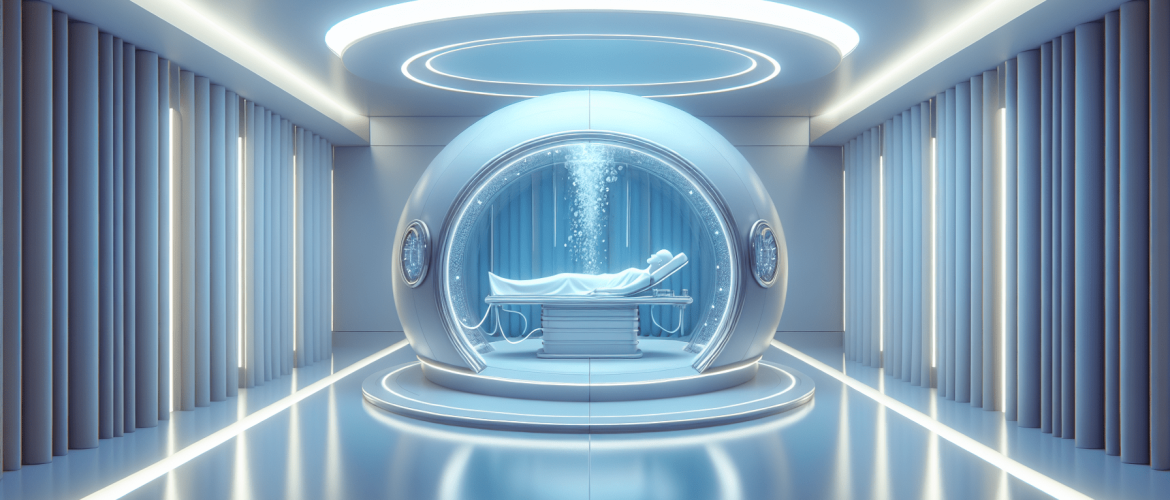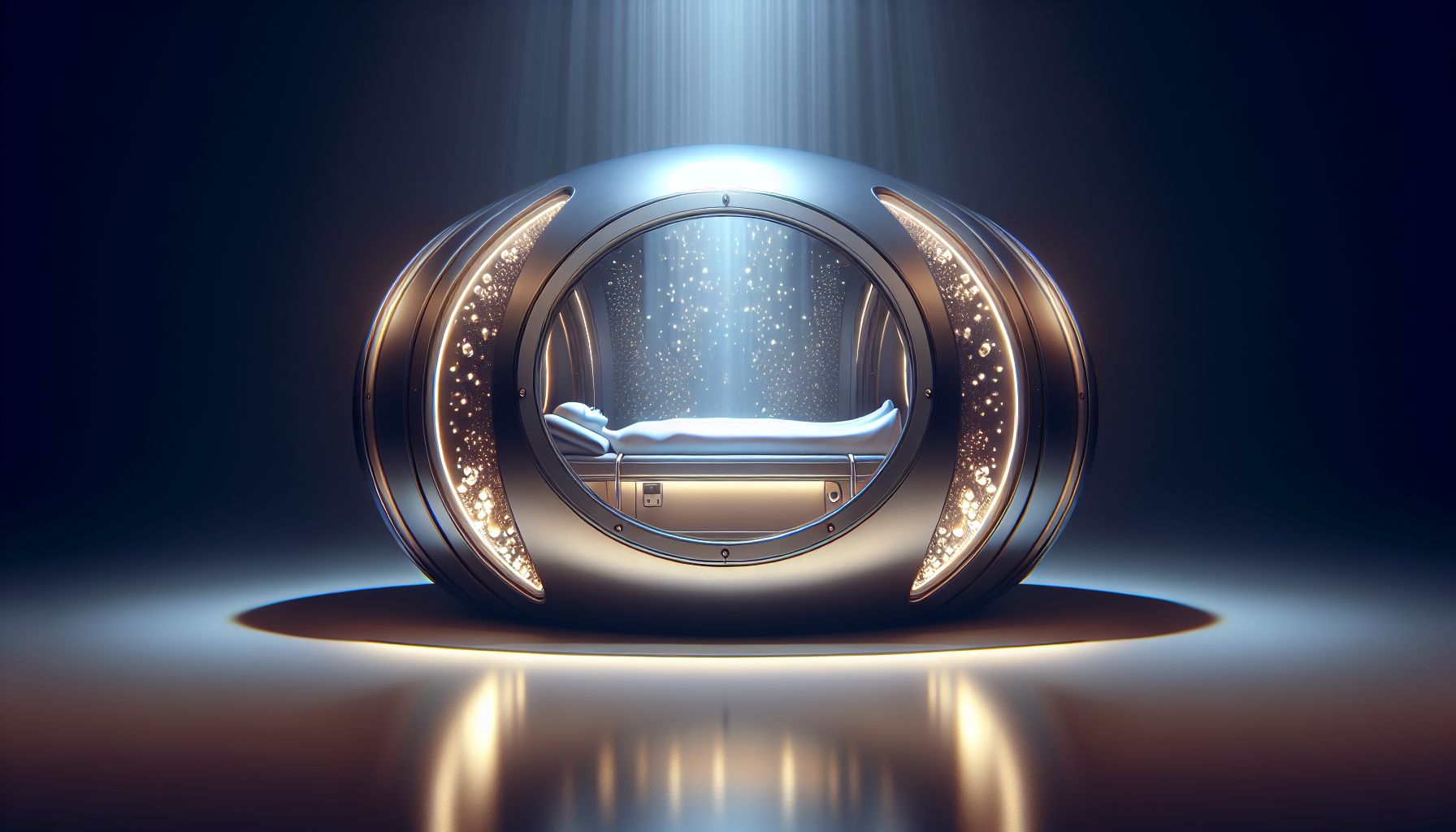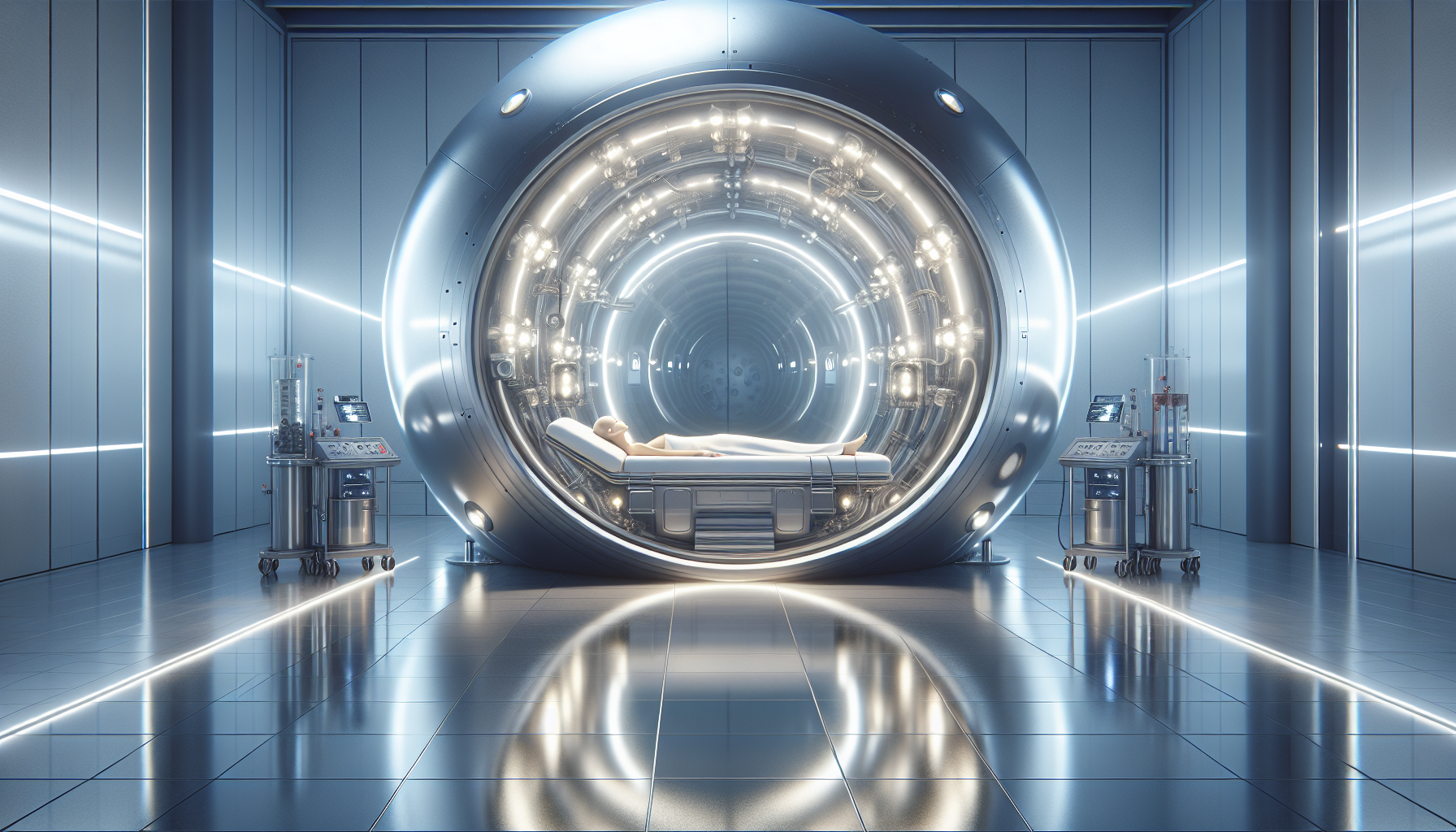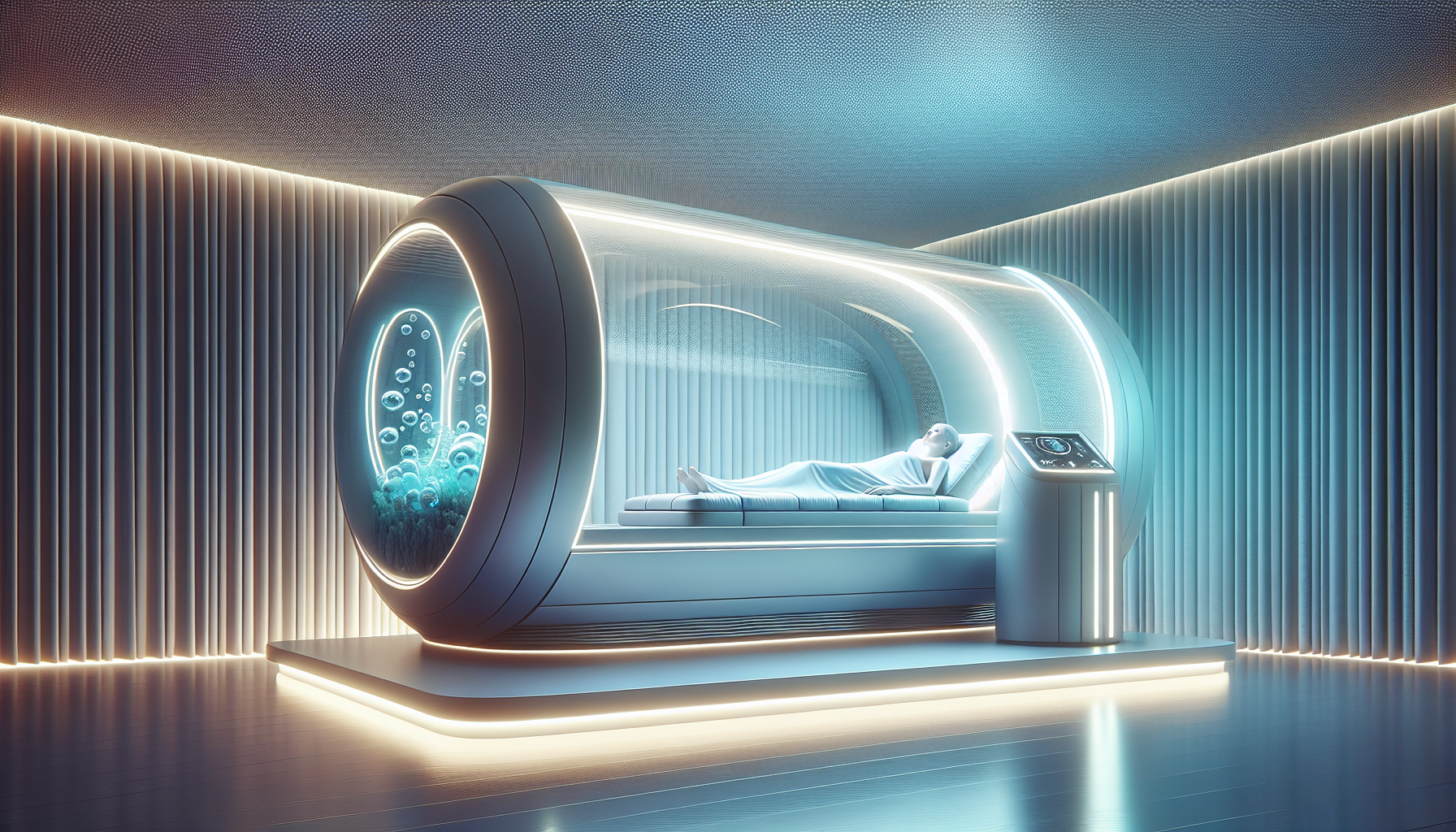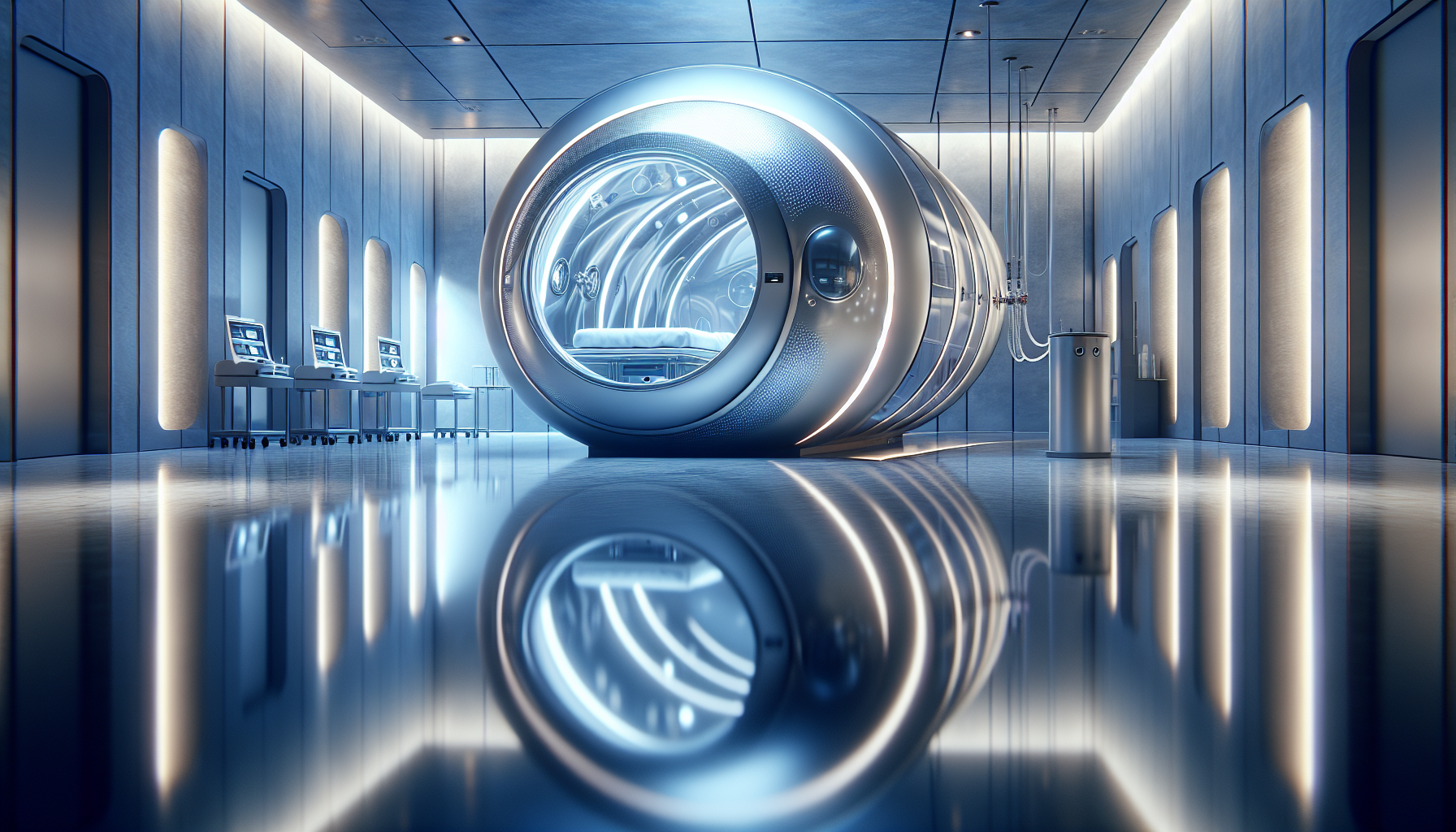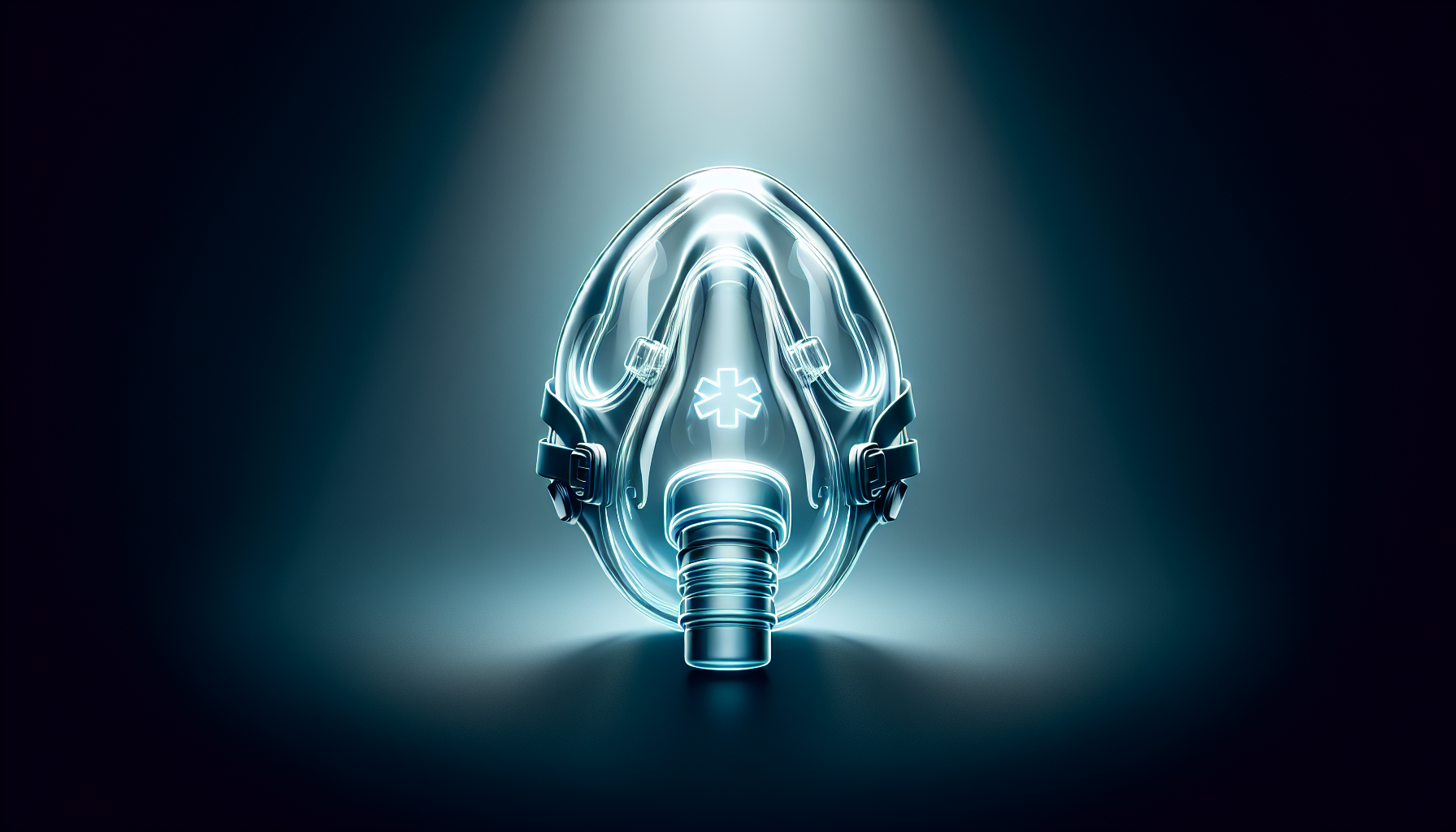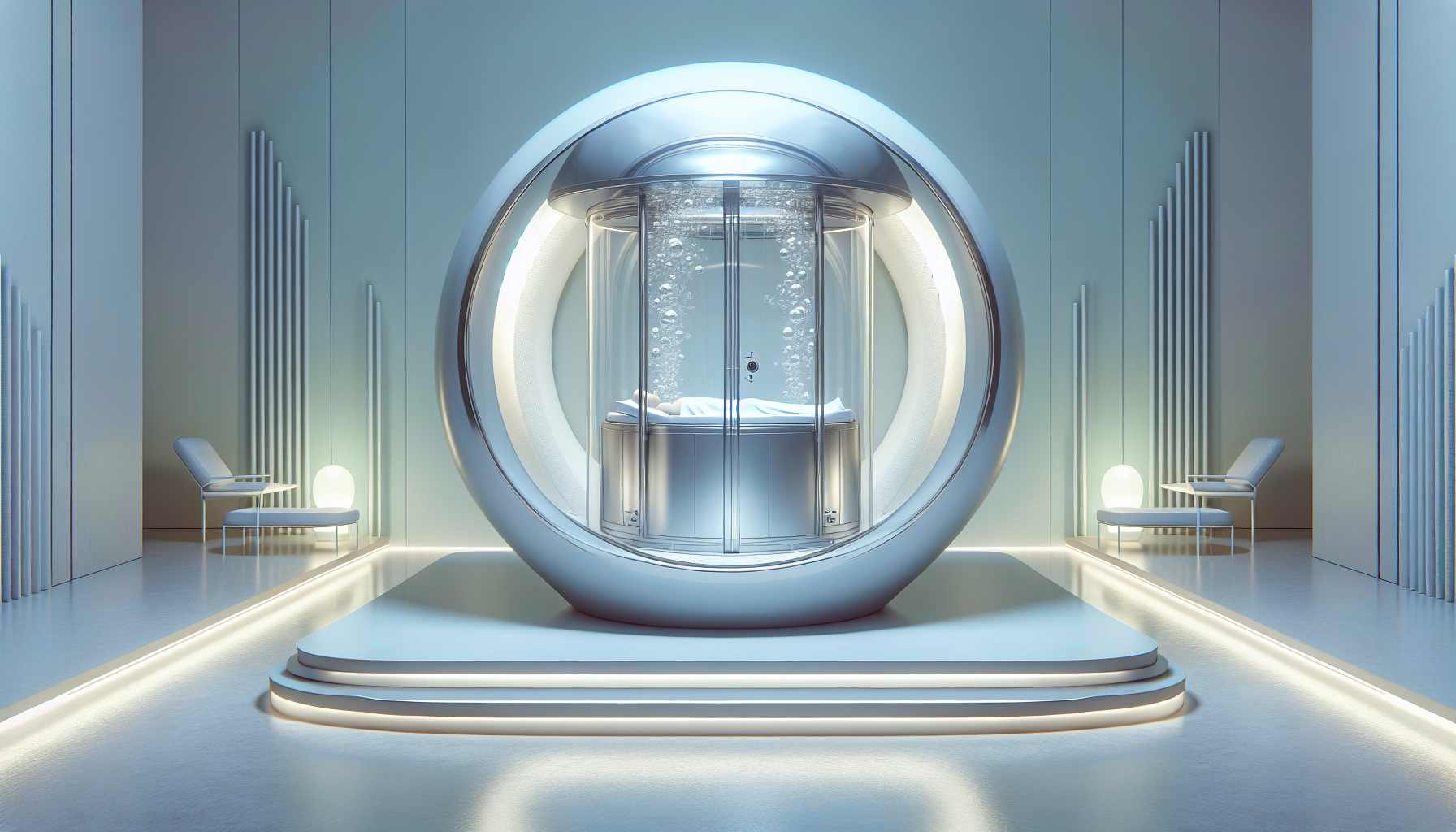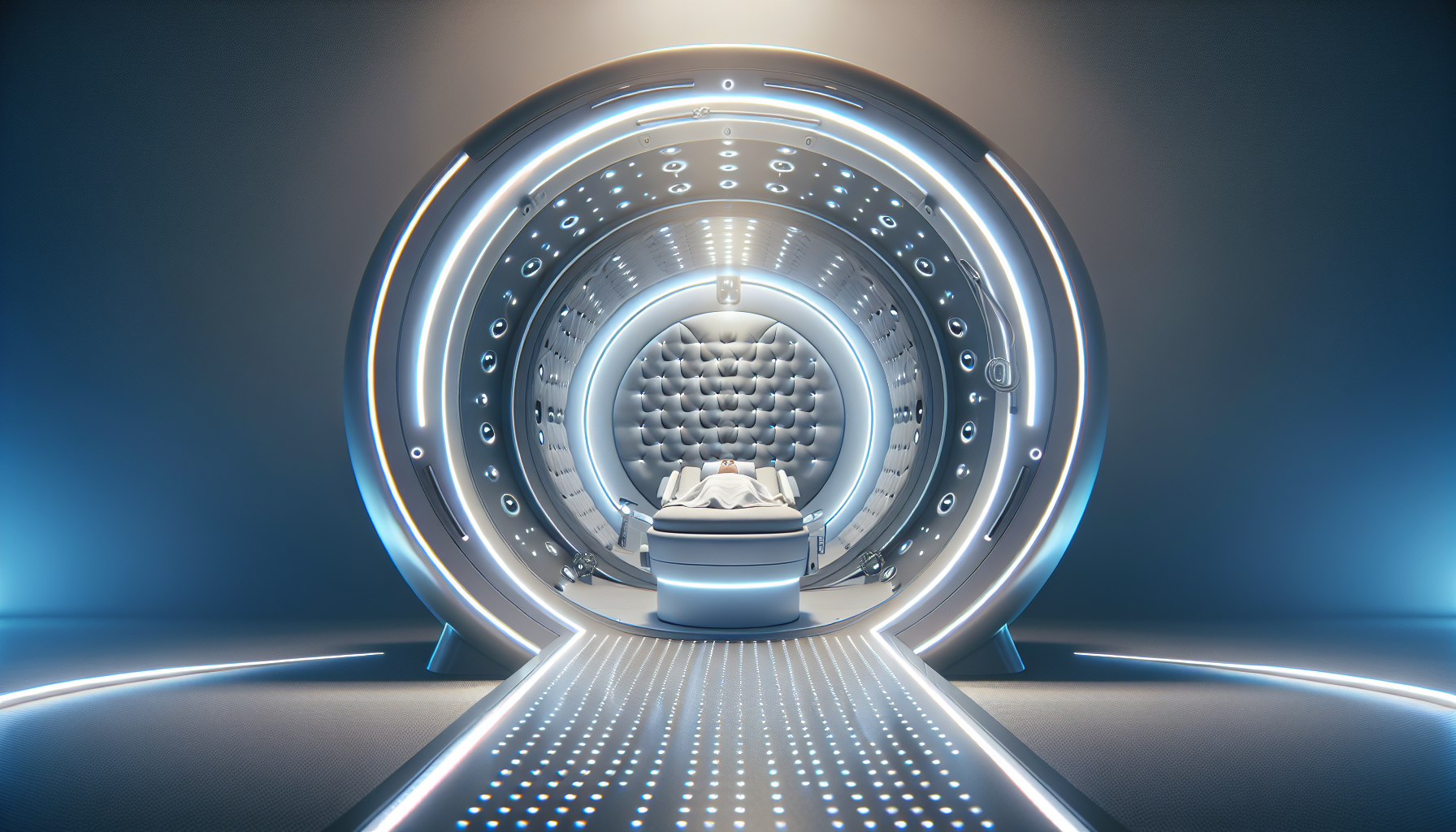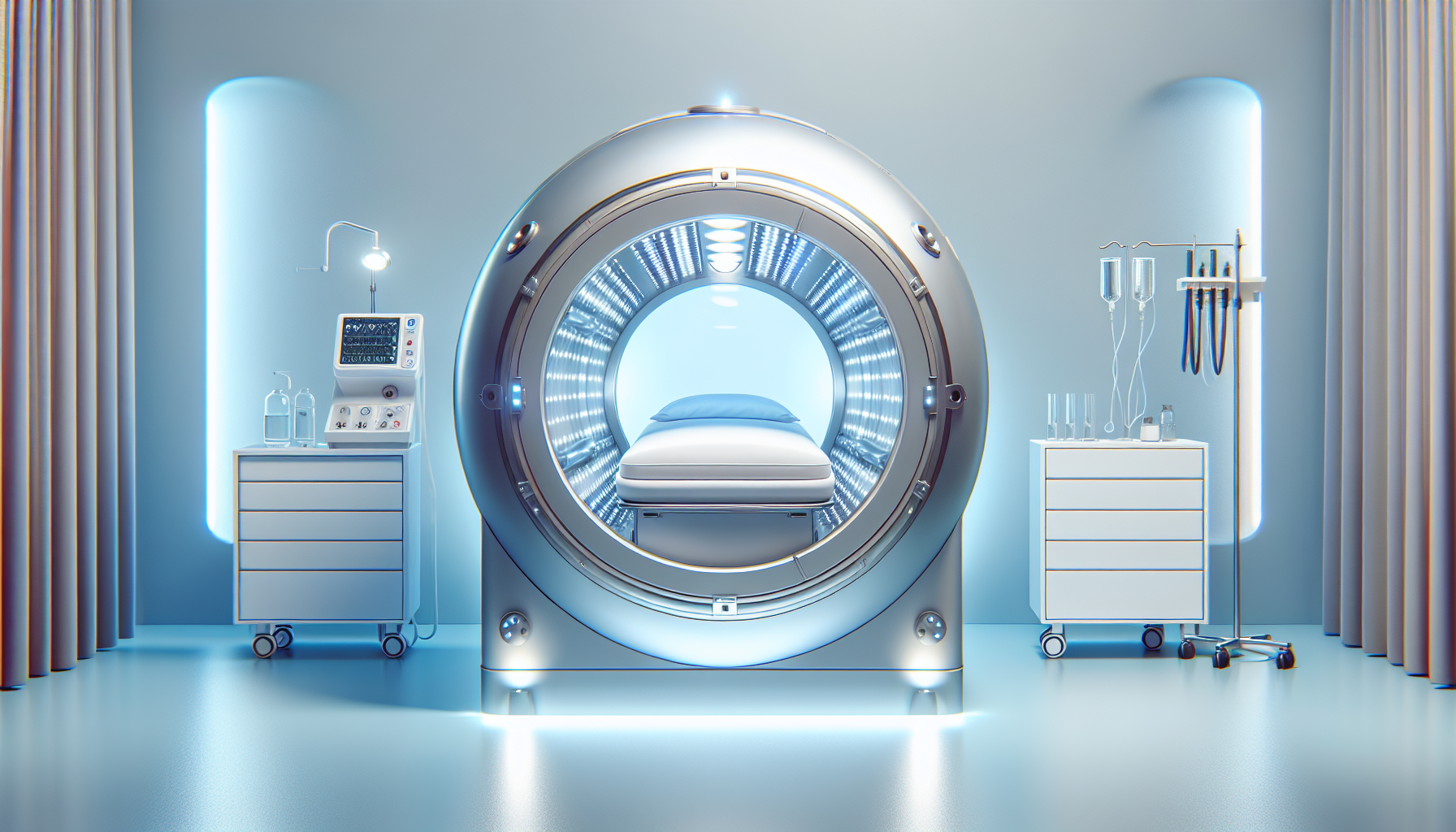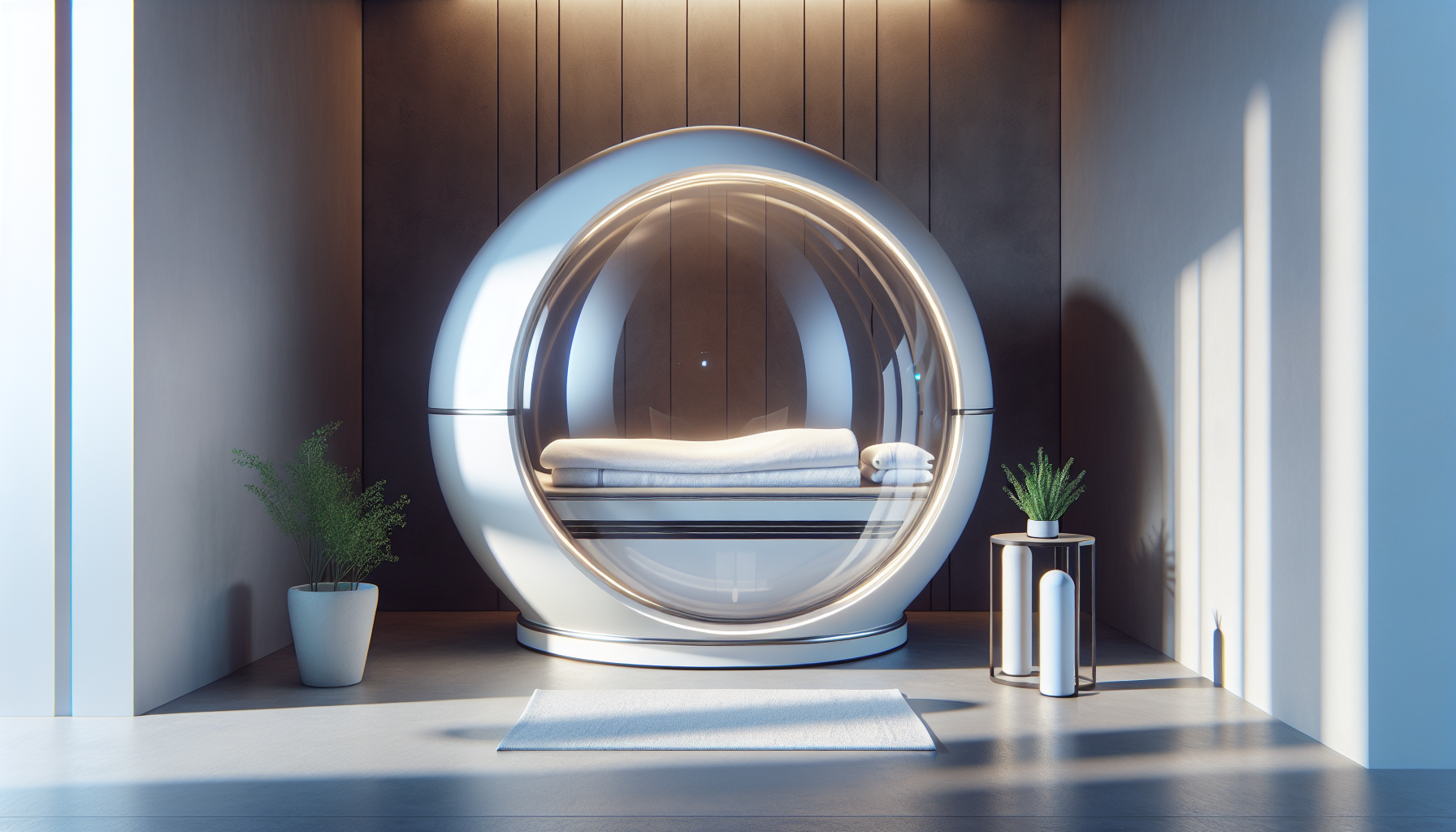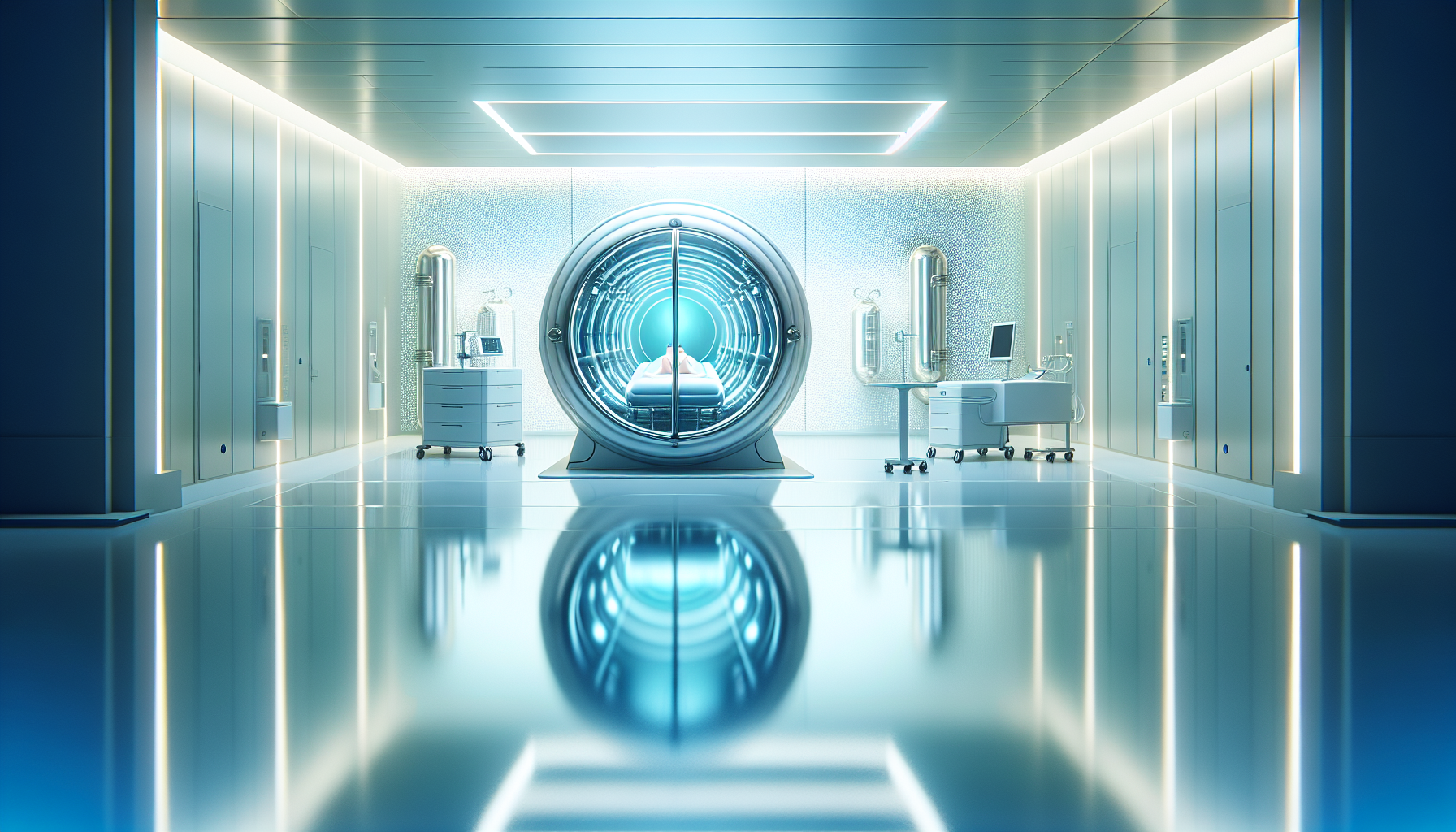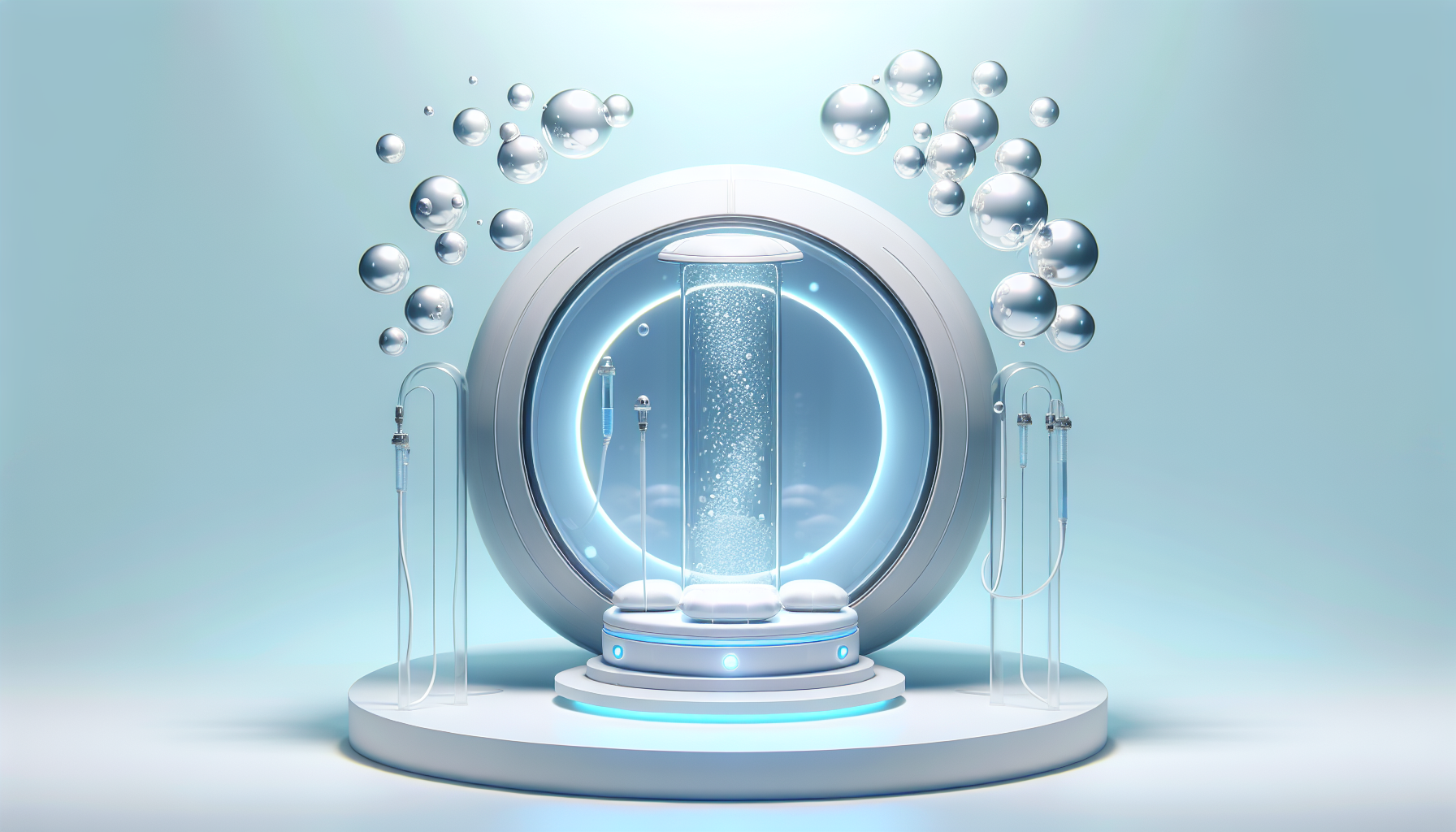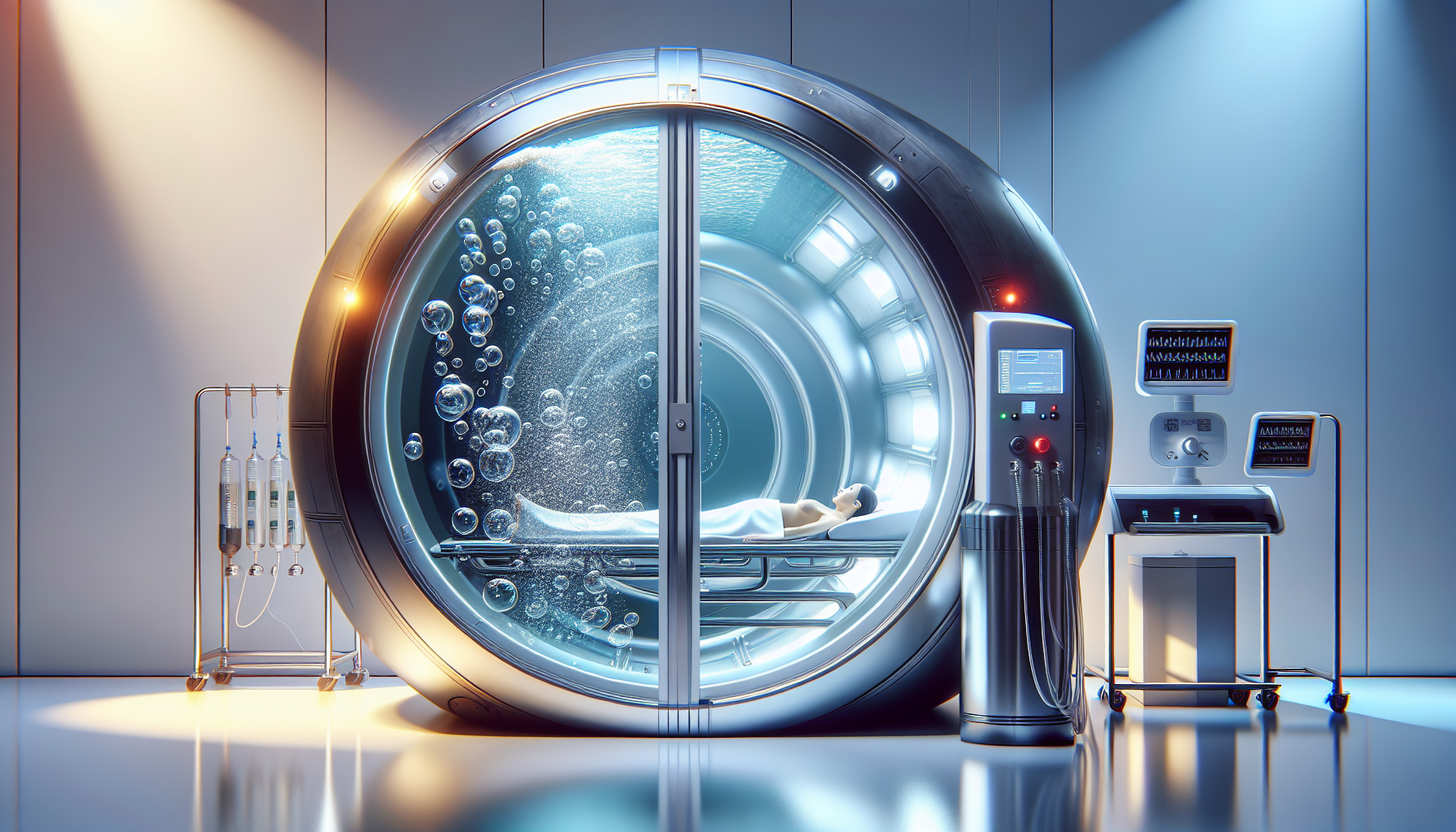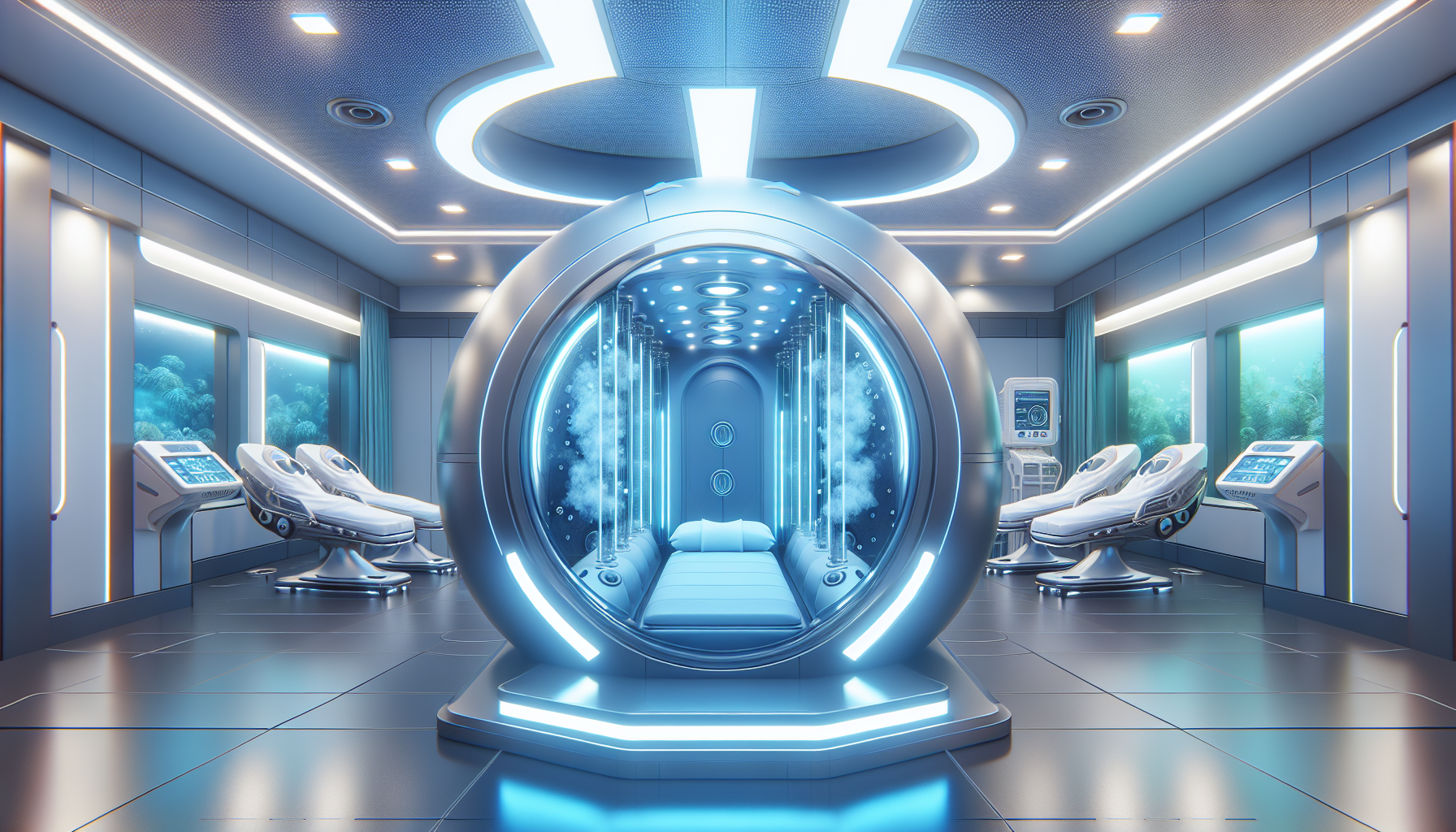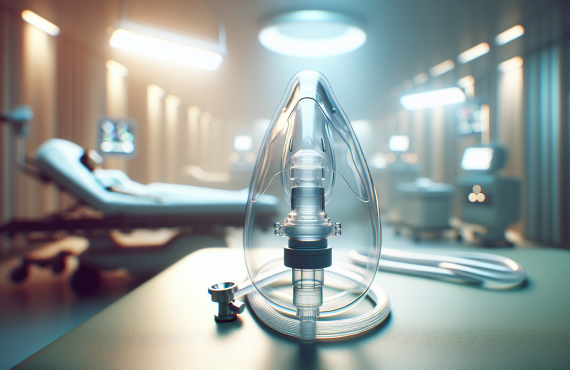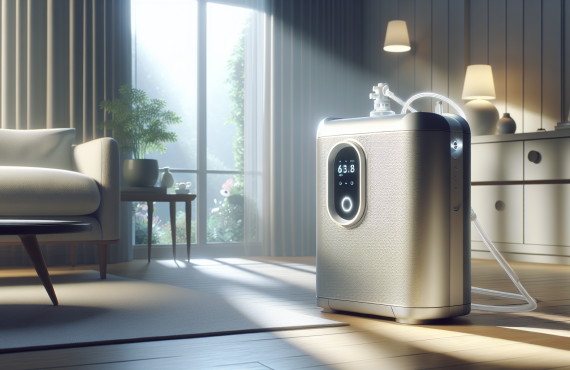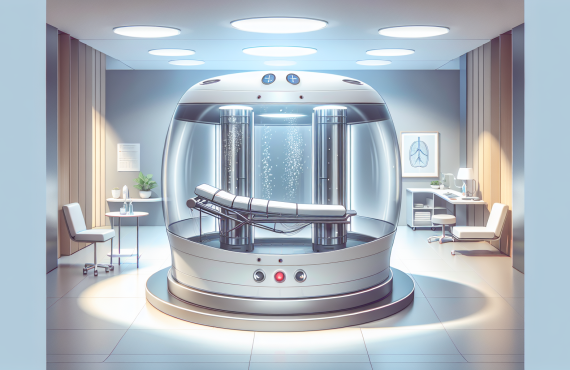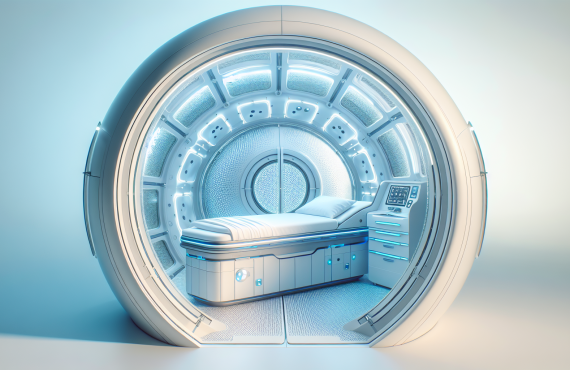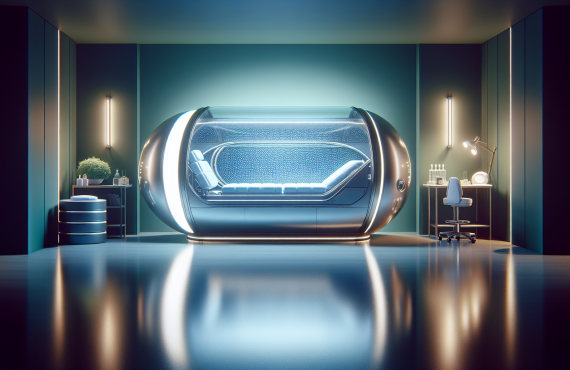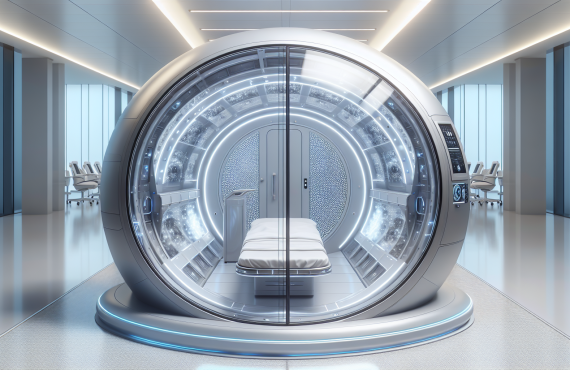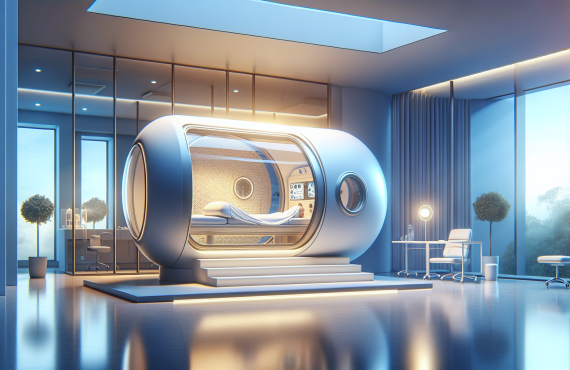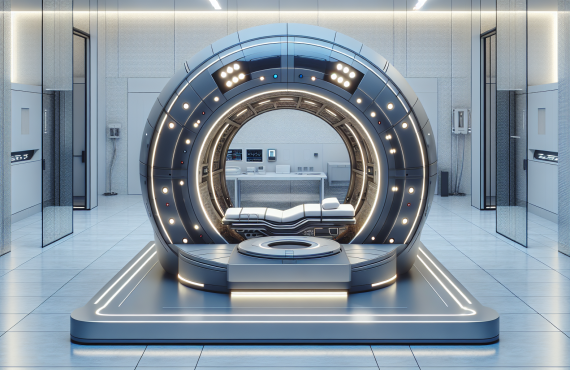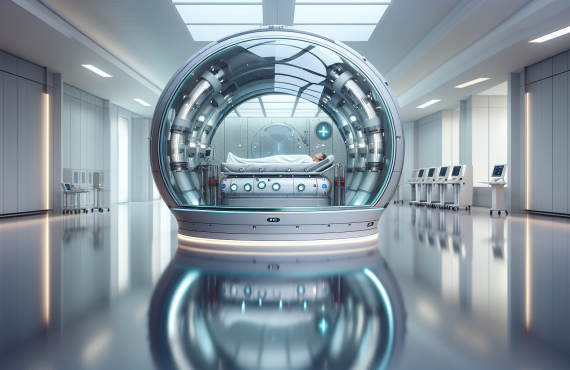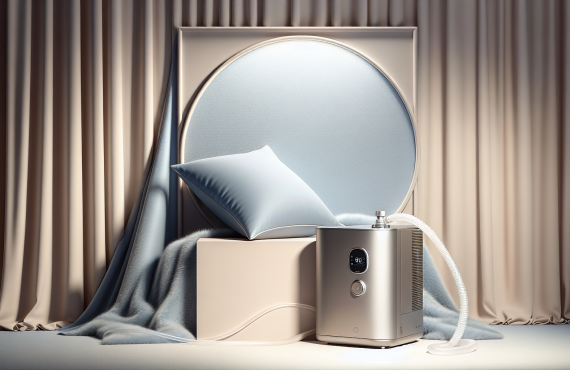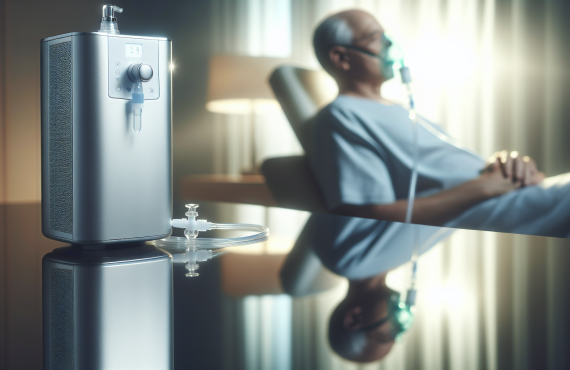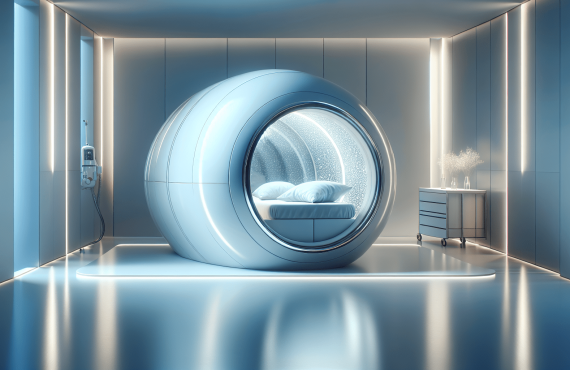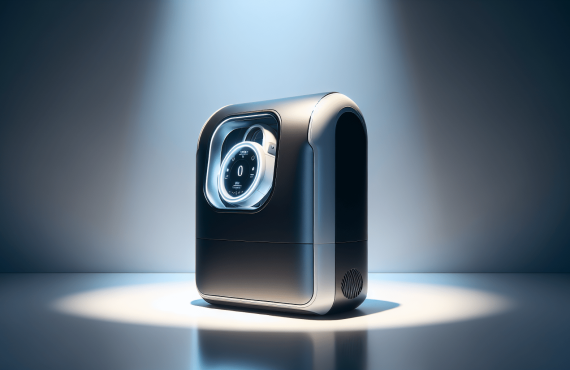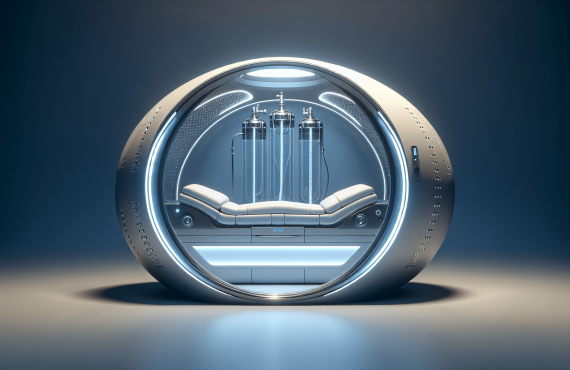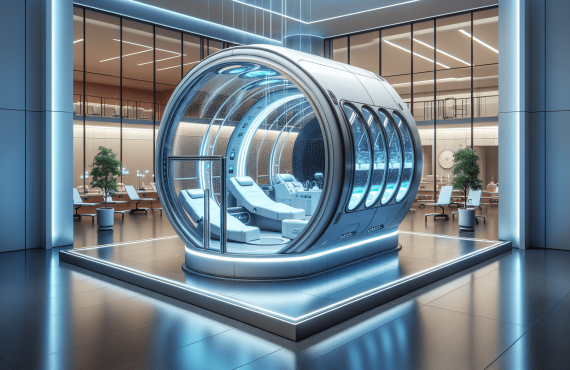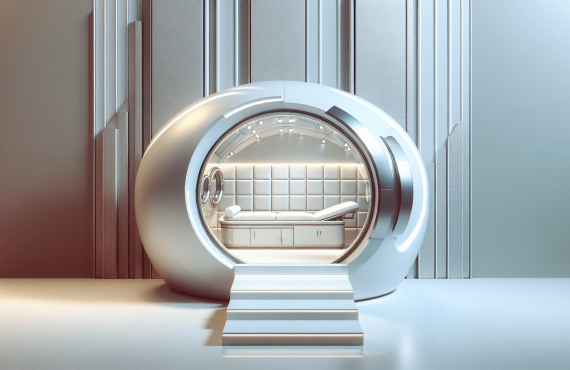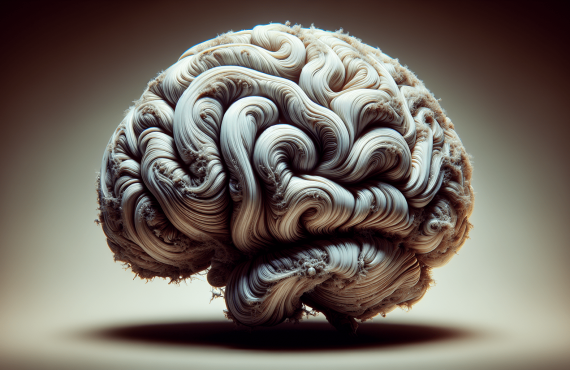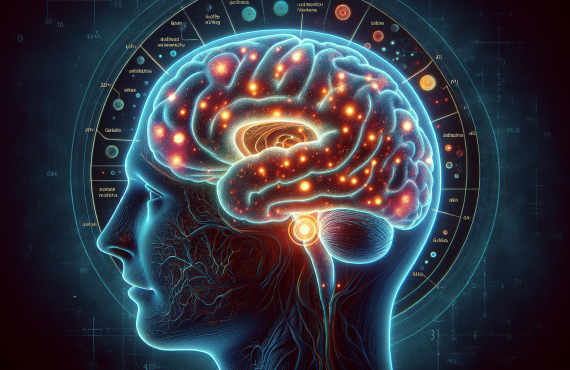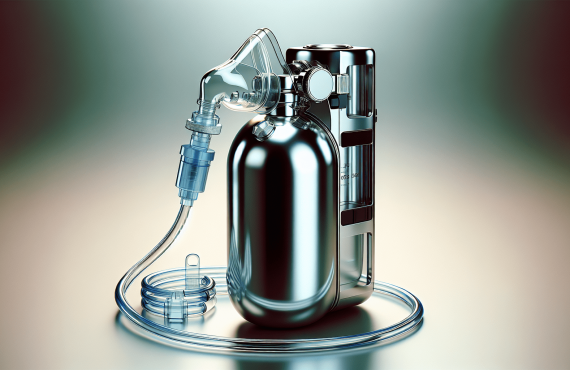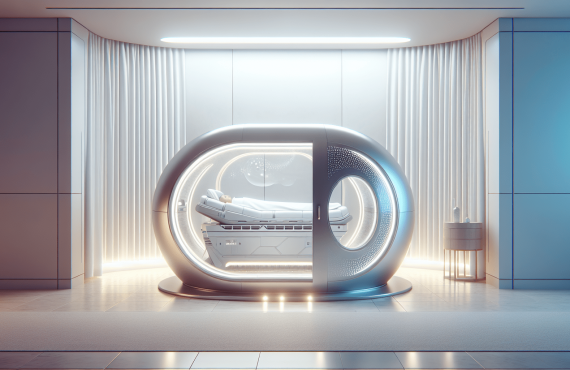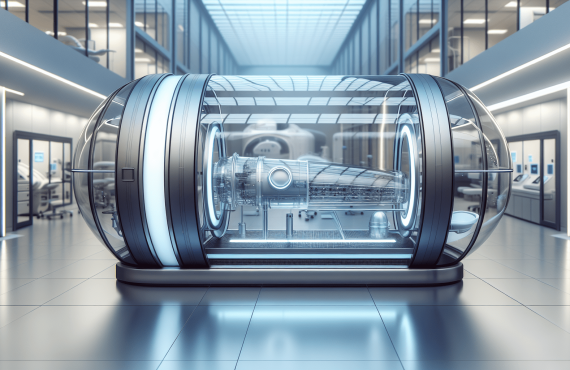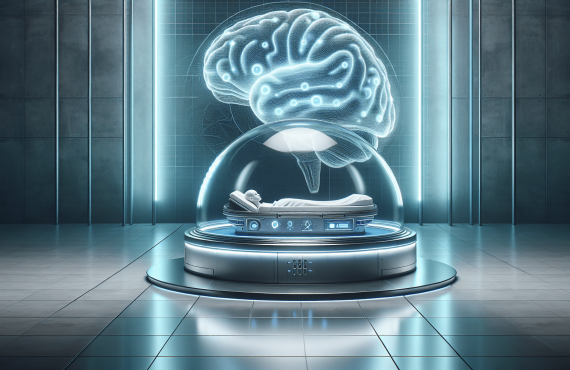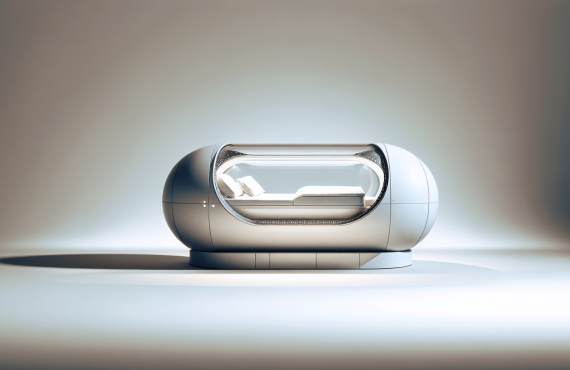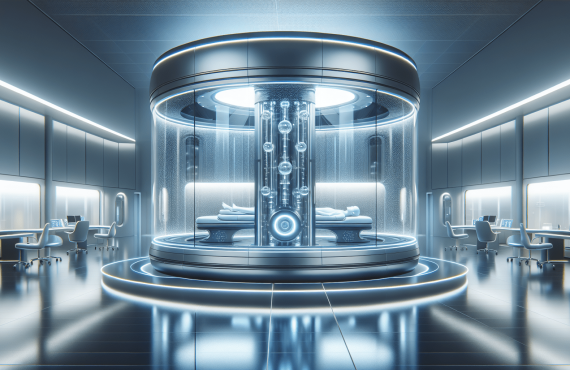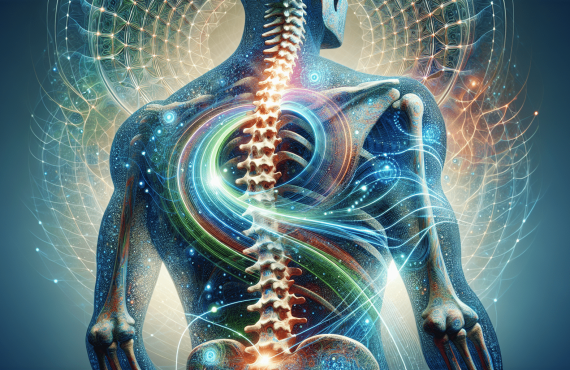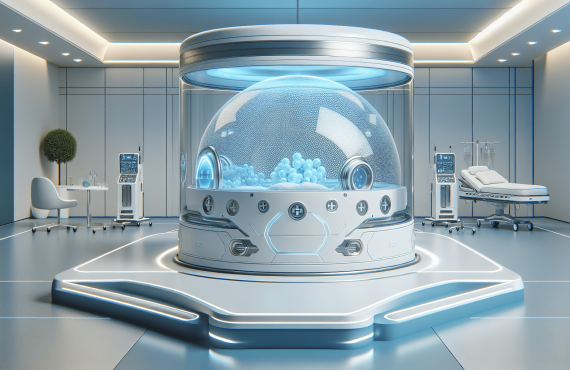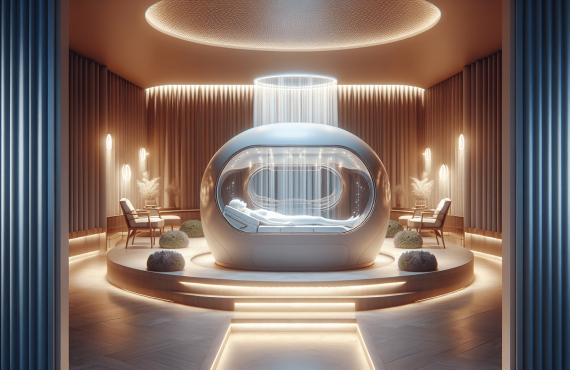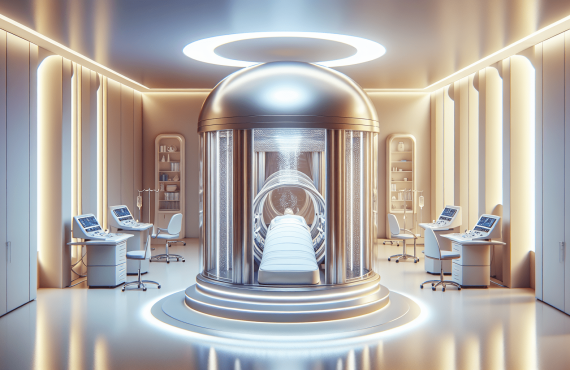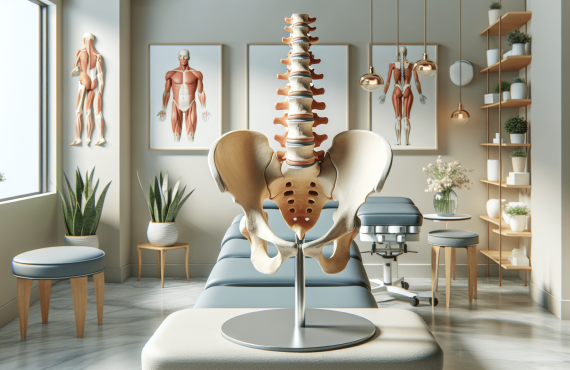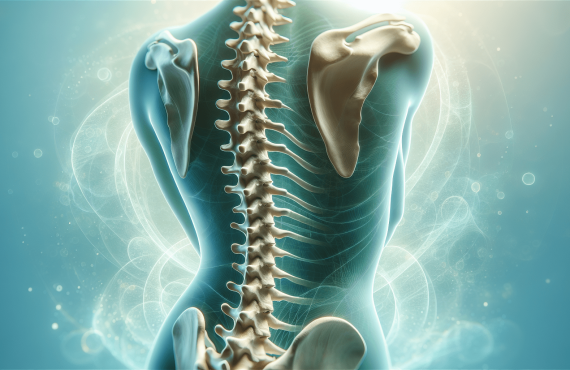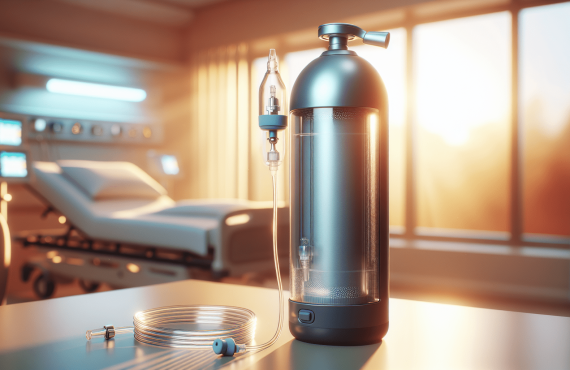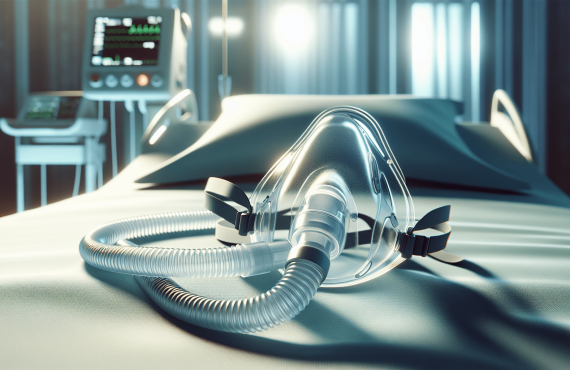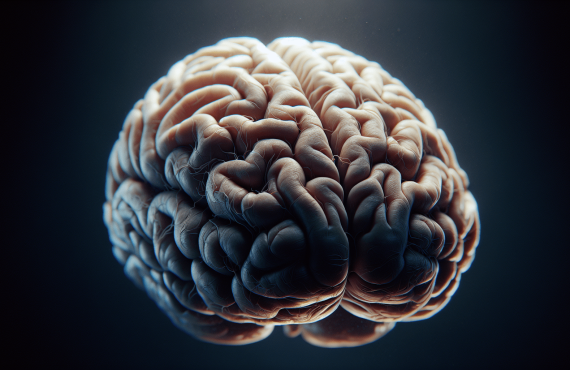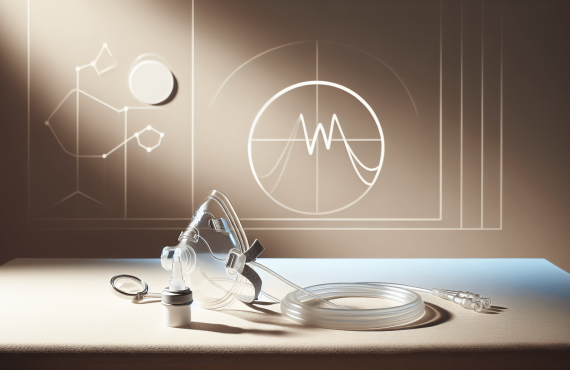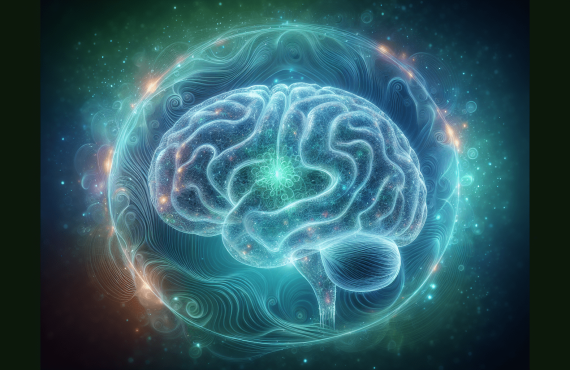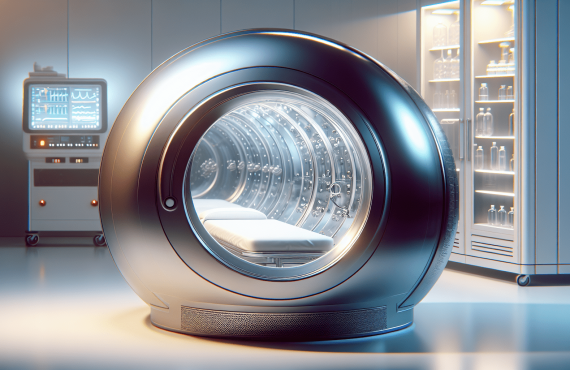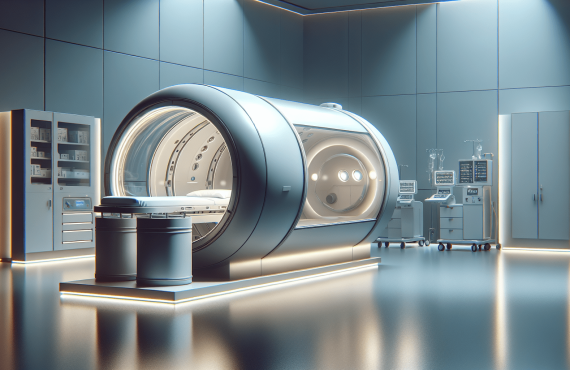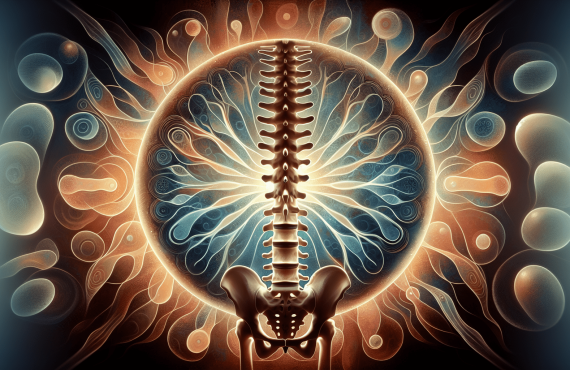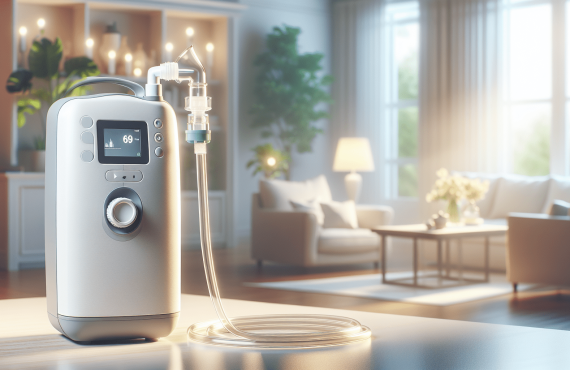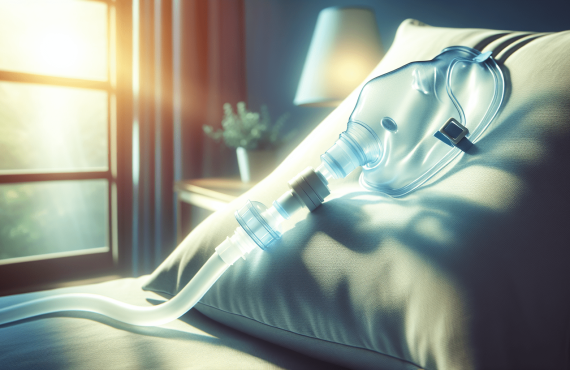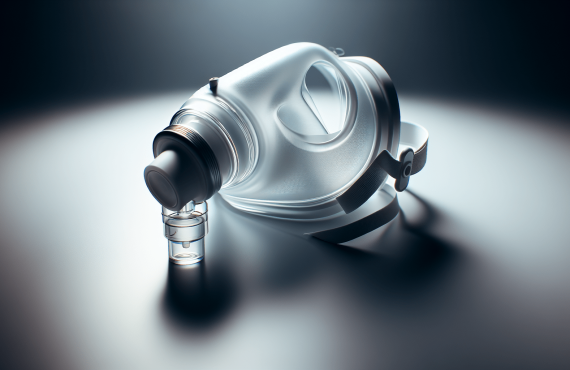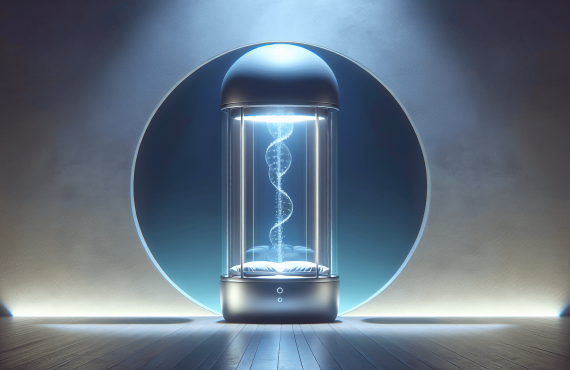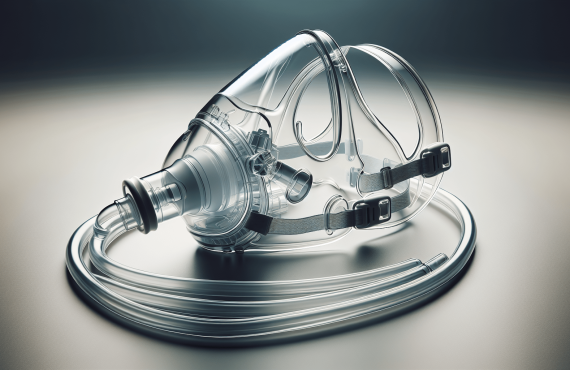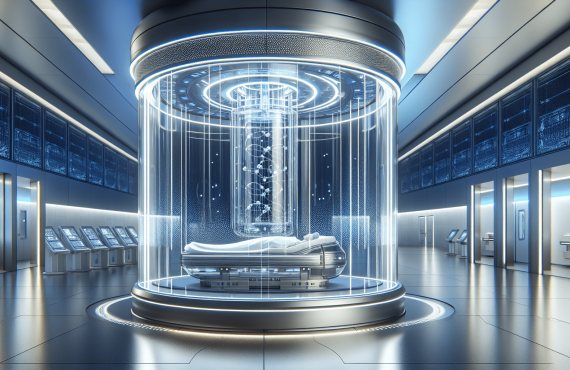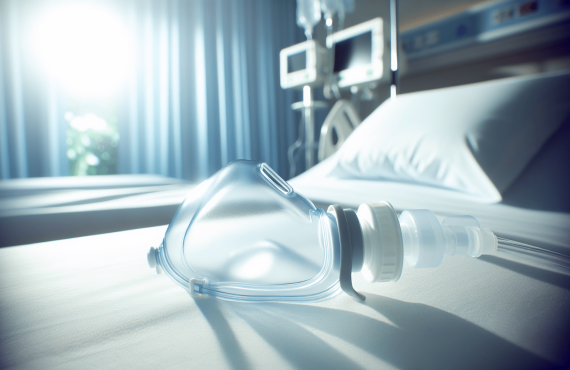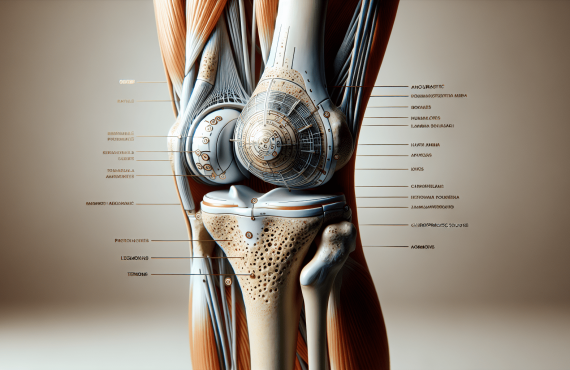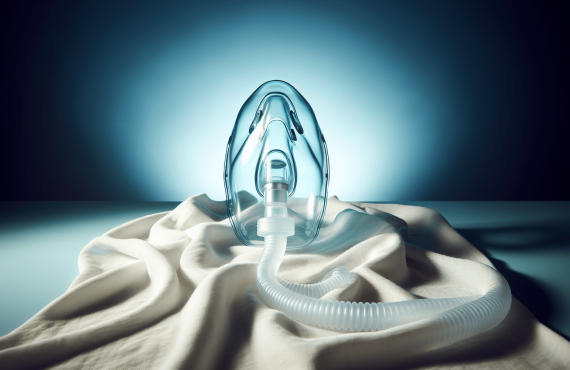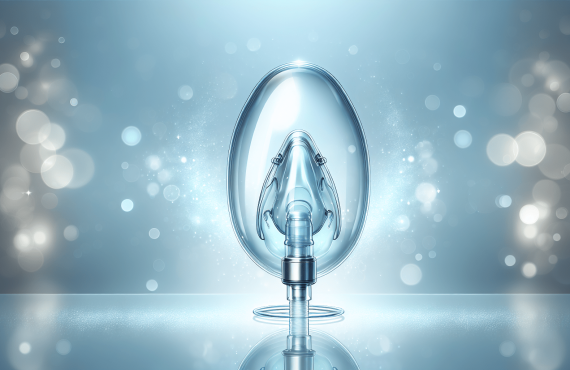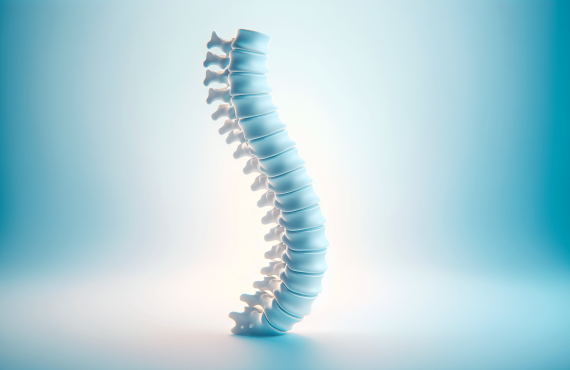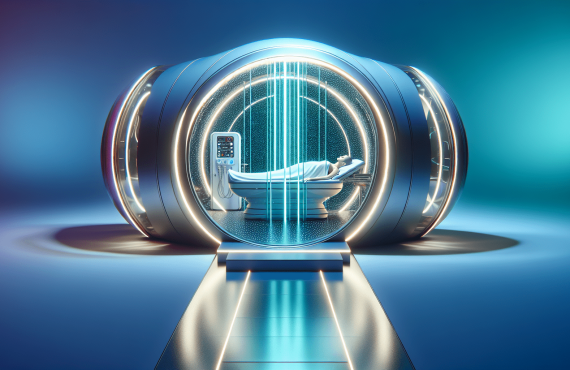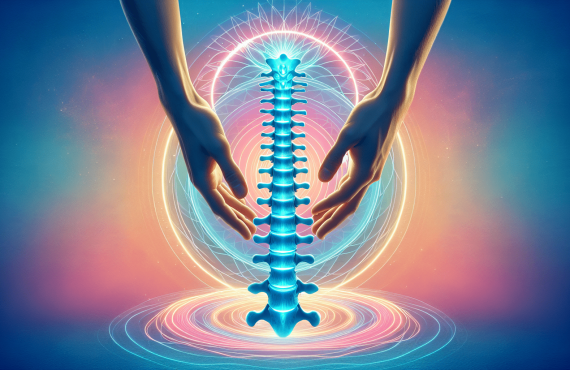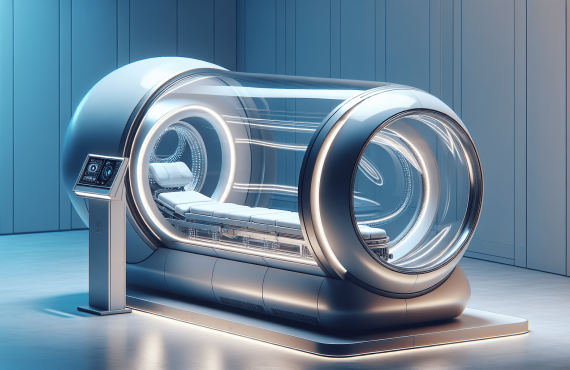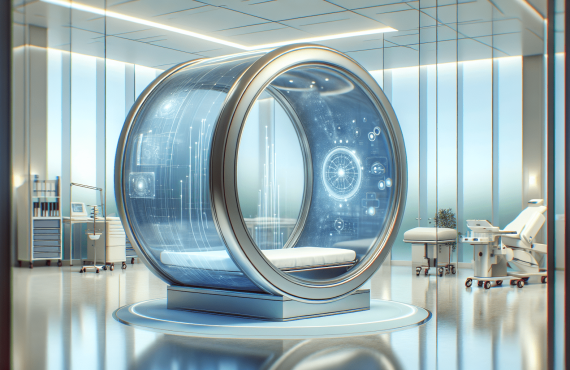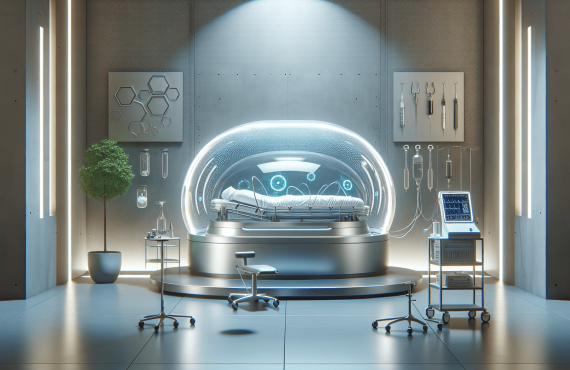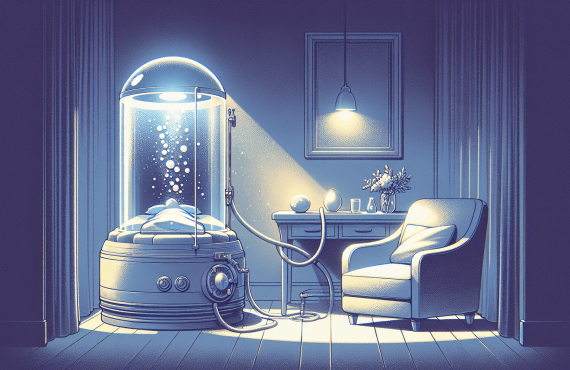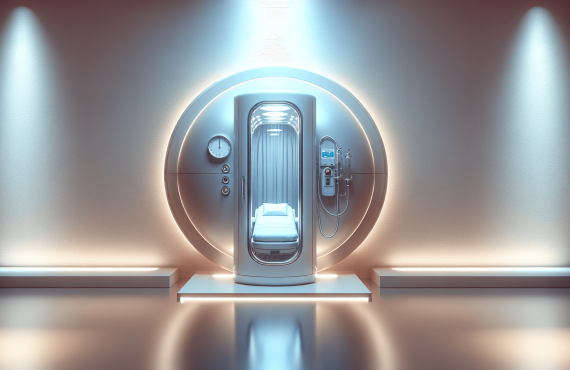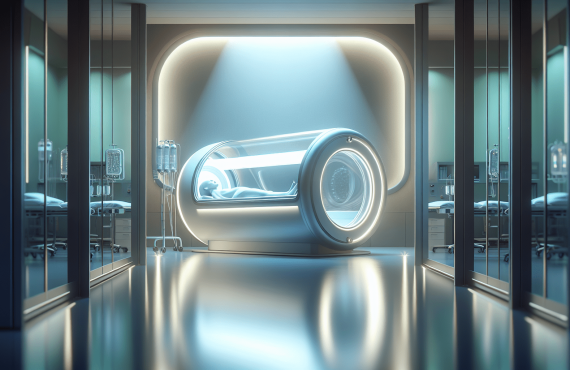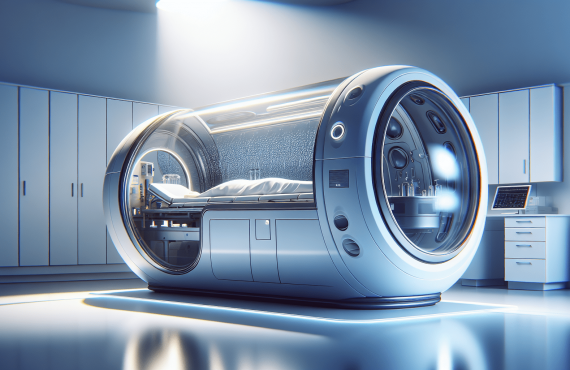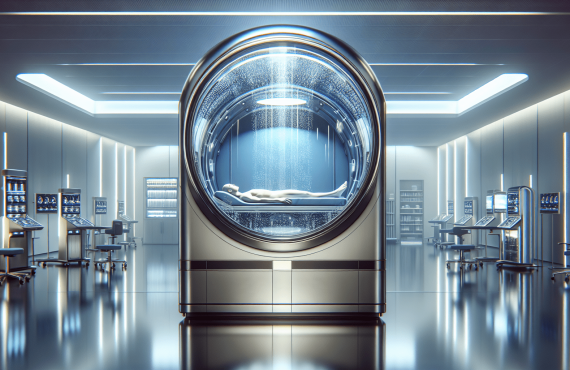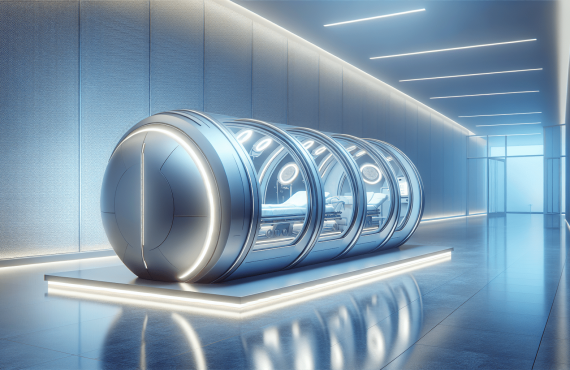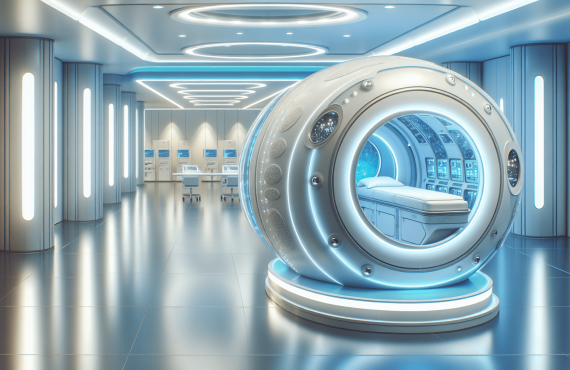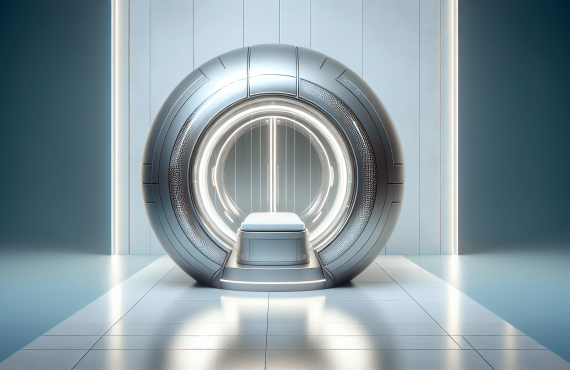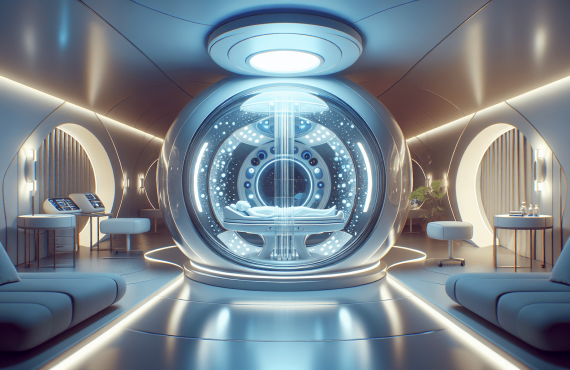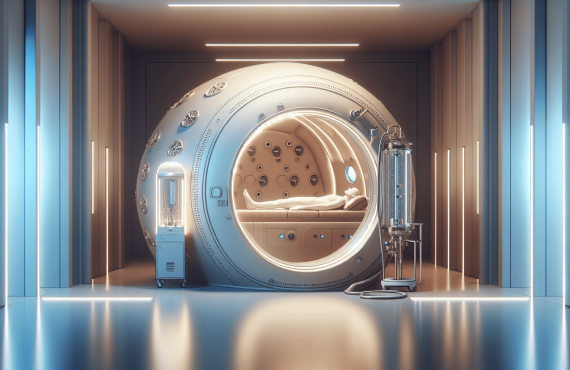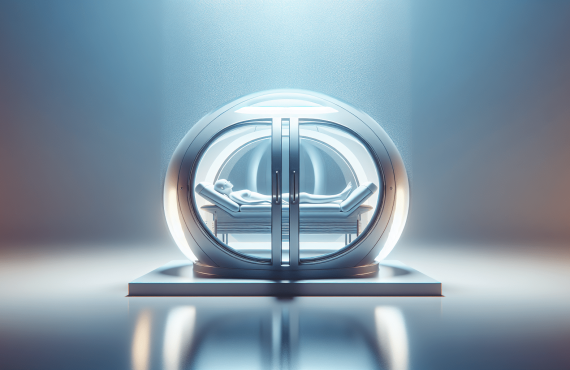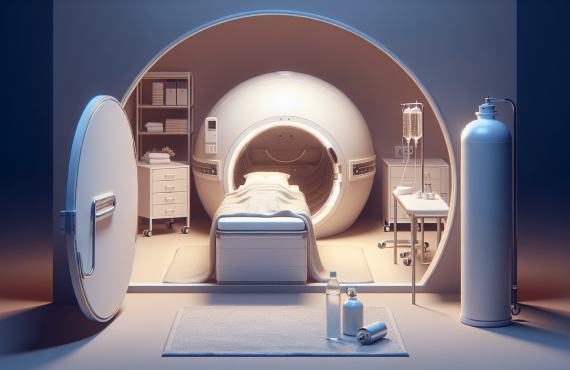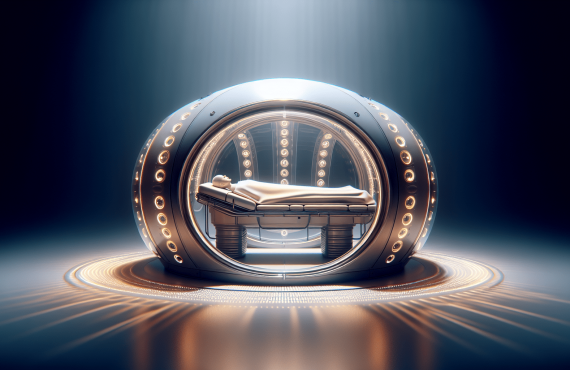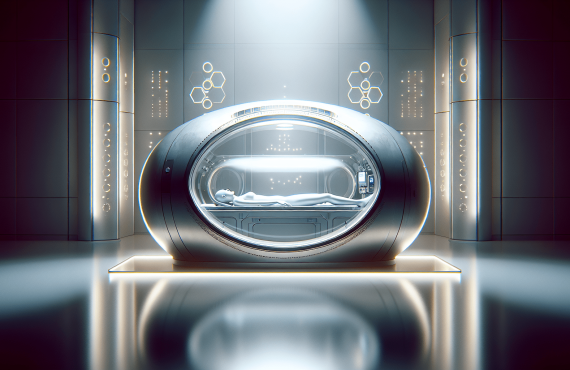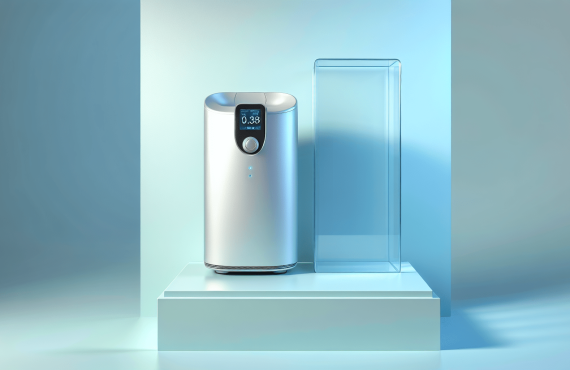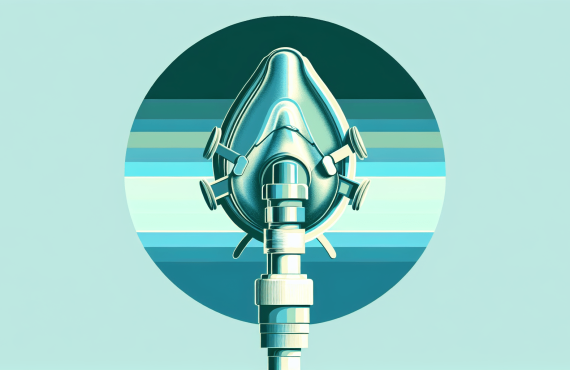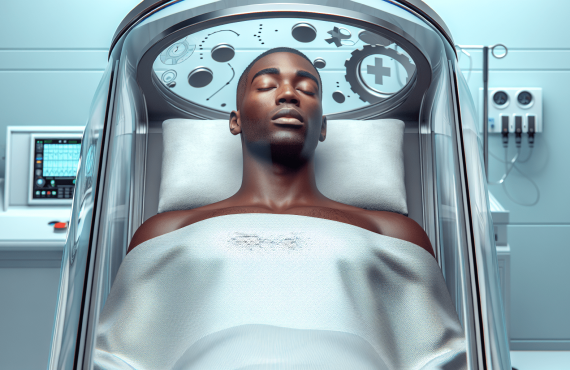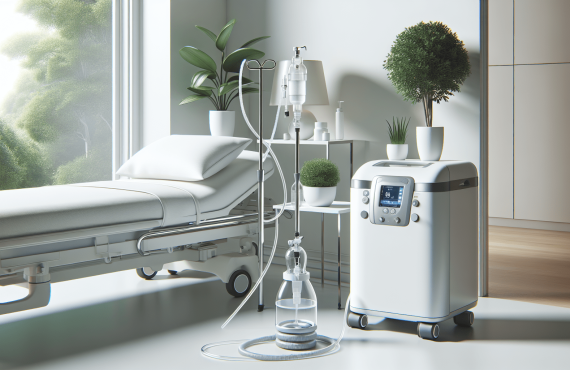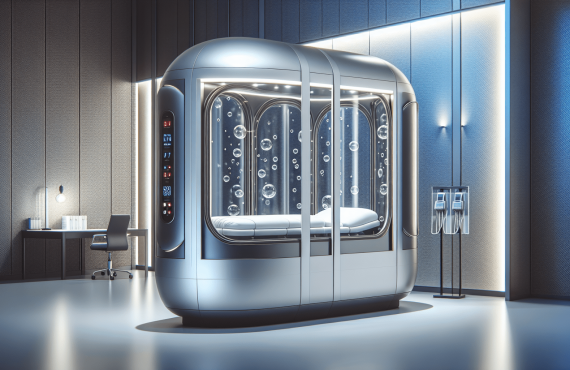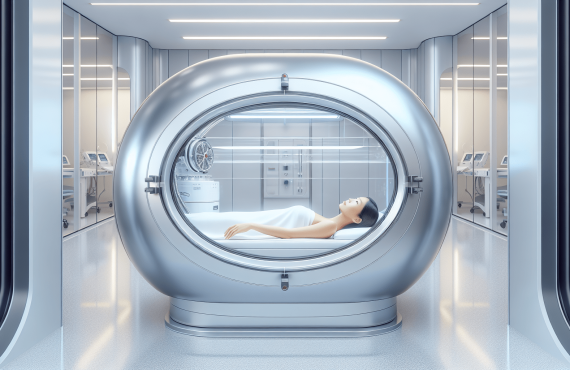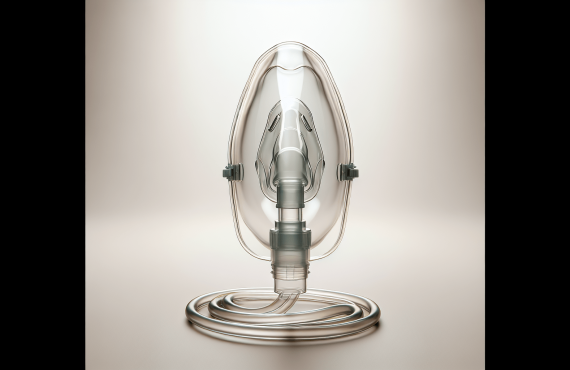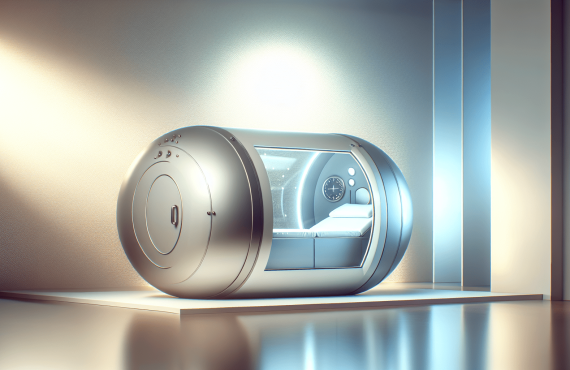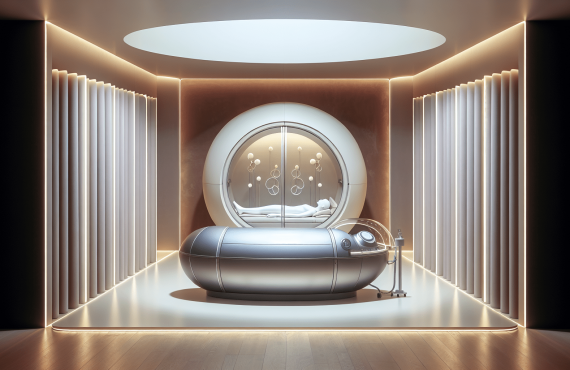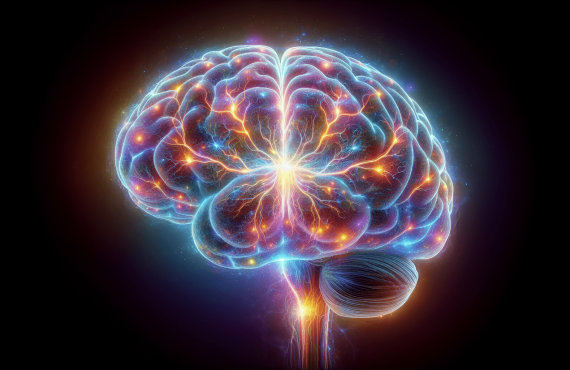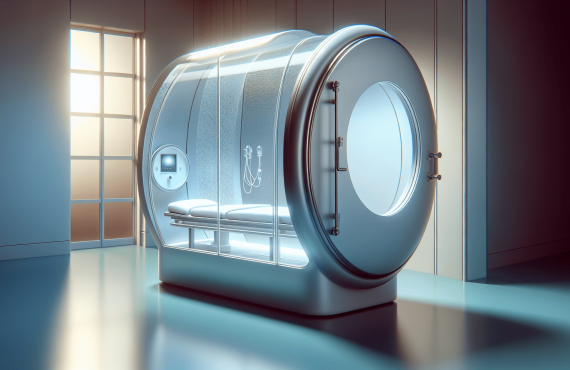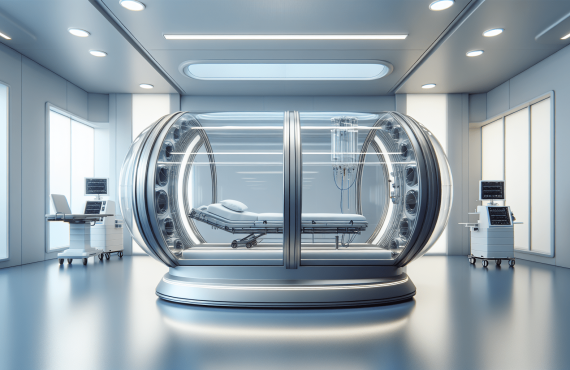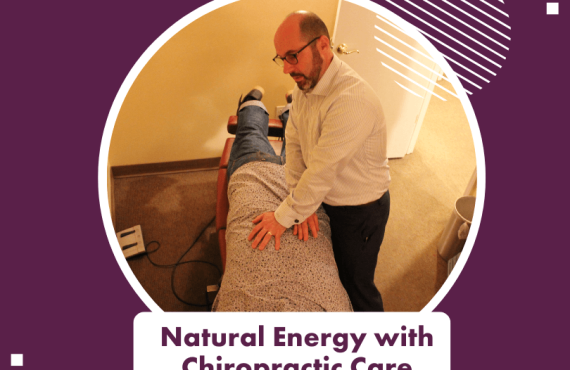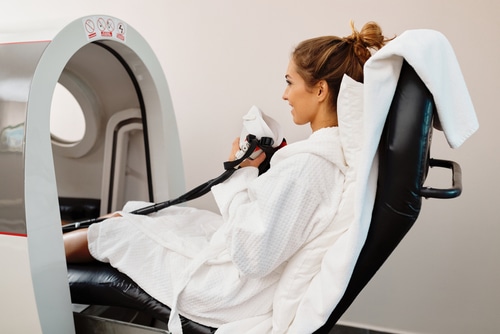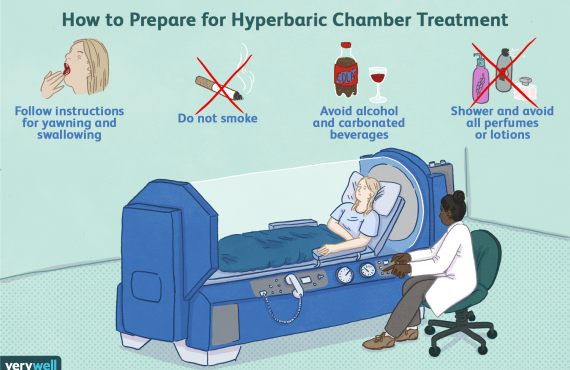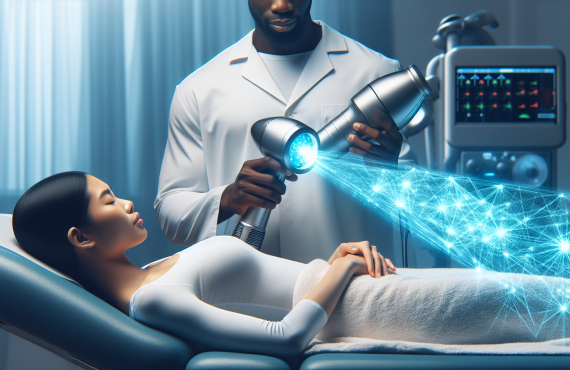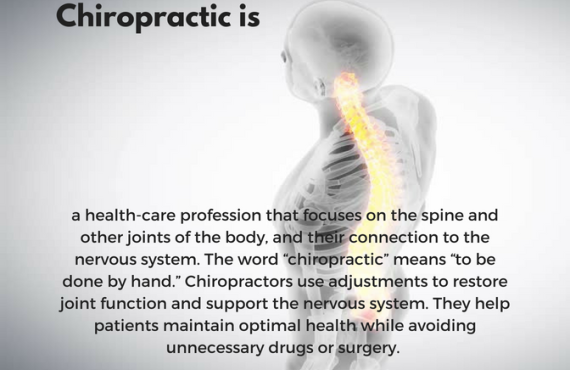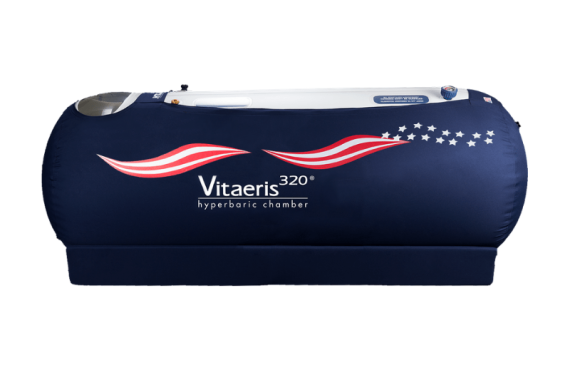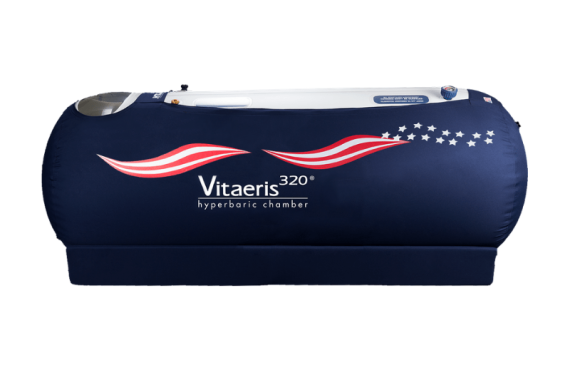Is brain damage reversible? It’s a question that can spark hope, curiosity, and a bit of skepticism as well. While some causes of brain damage have long been considered irreversible, advancements in medical treatments are reshaping our understanding. One such promising treatment is Hyperbaric Oxygen Therapy (HBOT). This therapy, usually associated with scuba diving mishaps or helping heal stubborn wounds, may hold significant potential in addressing brain injuries. Let’s unravel what hyperbaric therapy is and how it might just help turn the tide against brain damage.
Table of Contents
What is Hyperbaric Therapy?
Hyperbaric Therapy, formally known as hyperbaric oxygen therapy, involves breathing pure oxygen in a pressurized chamber. The science behind it is simple but profound. By increasing both the concentration of oxygen and the pressure under which it’s delivered, HBOT provides numerous health benefits.
Definition
In hyperbaric therapy, patients receive 100% oxygen at pressures higher than standard atmospheric levels. This increase allows a greater volume of oxygen to dissolve into the body’s plasma, saturating tissues with this vital gas.
How It Works
Our lungs typically extract oxygen from the air, carrying it via the bloodstream to fuel the body. In the hyperbaric chamber, though, the increased pressure boosts oxygen absorption dramatically. This influx permeates tissues, even those with low natural oxygen supply.
As oxygen-rich blood circulates, it bolsters the body’s natural healing process, driving tissue repair, reducing inflammation, and boosting immune response. Notably, this therapy facilitates the creation of new blood vessels—a process called angiogenesis—that’s essential for wound healing and tissue regeneration.
How Hyperbaric Therapy May Help Reverse Brain Damage
Understanding the brain’s adaptability unveils the potential of HBOT. The brain, with its millions of neurons and complex connections, is surprisingly resilient. Following injury, whether due to trauma or disease, the brain can reorganize and adapt—a quality known as neuroplasticity. Here’s where hyperbaric therapy might assist.
Stimulating Neuroplasticity
Hyperbaric therapy enhances oxygen delivery, a critical factor in preserving and repairing damaged brain cells. This abundance of oxygen supports neuroplasticity by promoting neuronal recovery and strengthening existing neural networks.
Reducing Inflammation
Brain injuries often initiate a cascade of inflammation, damaging cells and impeding recovery. HBOT’s anti-inflammatory effects can counter this, reducing swelling and promoting a more conducive environment for healing.
Encouraging Angiogenesis
The growth of new blood vessels assists in restoring flow to injured brain regions. Hyperbaric therapy encourages angiogenesis, essential for reconnecting oxygen and nutrient pathways in the brain, facilitating recovery.
Enhancing Cognitive Function
Research indicates that HBOT may enhance cognitive function in individuals with brain damage. By supporting repair and promoting new neural pathways, the therapy can help regain or improve mental performance and clarity.

Potential Benefits of Hyperbaric Therapy
The application of HBOT extends beyond brain injury recovery, offering a spectrum of benefits.
Healing Chronic Wounds
By delivering high levels of oxygen, hyperbaric therapy accelerates the healing of chronic wounds, especially those complicated by poor blood flow or resistant infections.
Treating Decompression Sickness
A cornerstone treatment for divers suffering from decompression sickness, HBOT re-pressurizes and alleviates nitrogen bubbles formed in the bloodstream, addressing symptoms effectively.
Supporting Cancer Treatment
Some studies suggest HBOT may enhance the effects of cancer therapies, although this area requires more research before definitive claims can be made.
Assisting in Infection Control
For certain types of resistant infections, especially anaerobic bacteria, hyperbaric therapy has proven beneficial due to its oxygen-rich environment that bacteria cannot survive in.
Benefiting Stroke Patients
Patients recovering from strokes have shown improved outcomes when using HBOT, reporting enhanced motor function and cognitive recovery.
FAQ
To clarify further, let’s address some frequently asked questions about hyperbaric therapy.
What conditions can hyperbaric therapy treat?
HBOT is approved for an array of conditions including carbon monoxide poisoning, non-healing diabetic wounds, decompression sickness, and more.
Is hyperbaric therapy safe?
While generally safe, hyperbaric therapy should only be conducted under medical supervision to manage potential side effects like ear popping due to pressure changes.
How long does a session last?
Typically, a session lasts about 60 to 90 minutes, depending on the condition being treated and the prescribed protocol from healthcare providers.
Are there any side effects?
Most side effects are minor, such as ear discomfort due to pressure changes. Rarely, more serious effects like lung barotrauma can occur.
How many sessions are usually needed?
The number of sessions varies based on the condition. Some people may see results after several sessions, while chronic conditions might require up to 40 or more sessions.

A Friendly Note About Seeking Hyperbaric Therapy
If this intriguing therapy has piqued your interest, consider consulting knowledgeable professionals who can guide you in the right direction. If you’re in Pensacola or nearby areas, let the experts at Henry Chiropractic assist you.
Dr. Craig Henry, a seasoned chiropractor, leads this esteemed establishment. His holistic approach to health and wellness ensures personalized care. Dr. Aaron Hixon, another expert at Henry Chiropractic, brings valuable insight and experience to the team. Their combined expertise aligns perfectly with the potential benefits that therapies like HBOT may offer.
Henry Chiropractic
1823 N 9th Ave
Pensacola, FL 32503
(850) 435-7777
Visit their website
Heading Forward
Hyperbaric therapy offers a thrilling glimpse into the art and science of healing. By enhancing the body’s oxygen supply, it fosters recovery from various injuries and conditions, notably brain damage. As our understanding deepens with continuous research, we’ll likely uncover even more ways this treatment can benefit millions.
If you’re considering this leap for your health or to aid someone recovering from brain injury, remember it’s crucial to seek guidance from professionals. Your journey to recovery or discovery could very well begin in a hyperbaric chamber, where pure oxygen and the magic of modern science work wonders.


